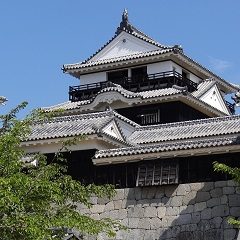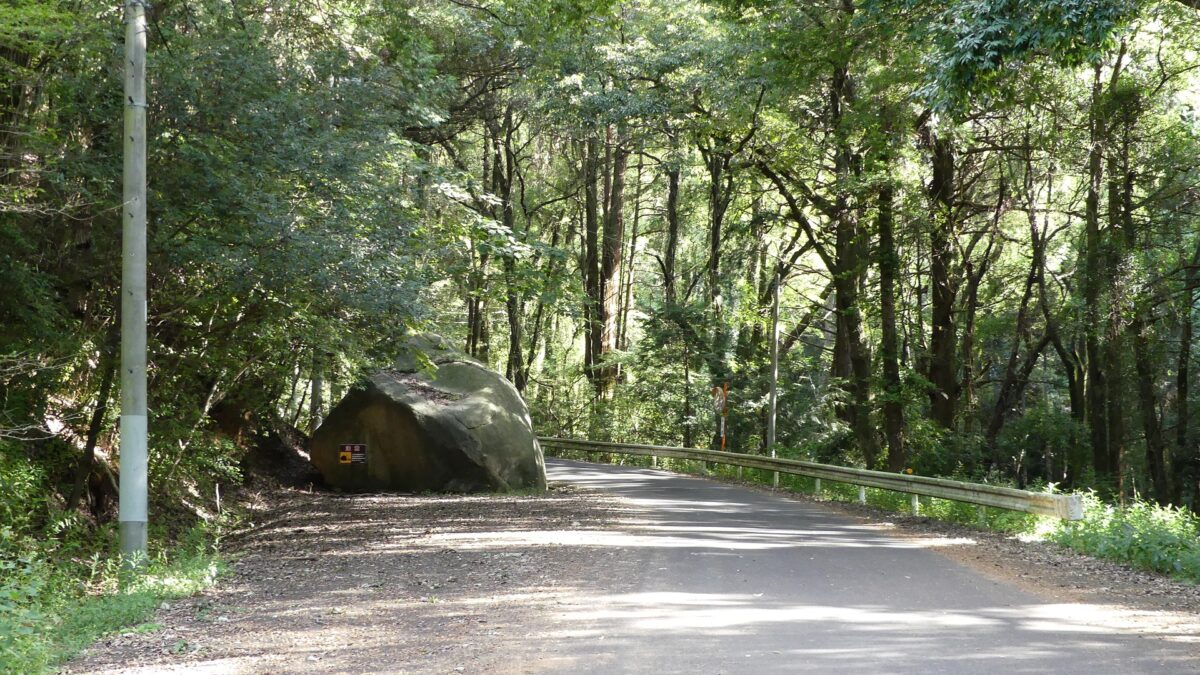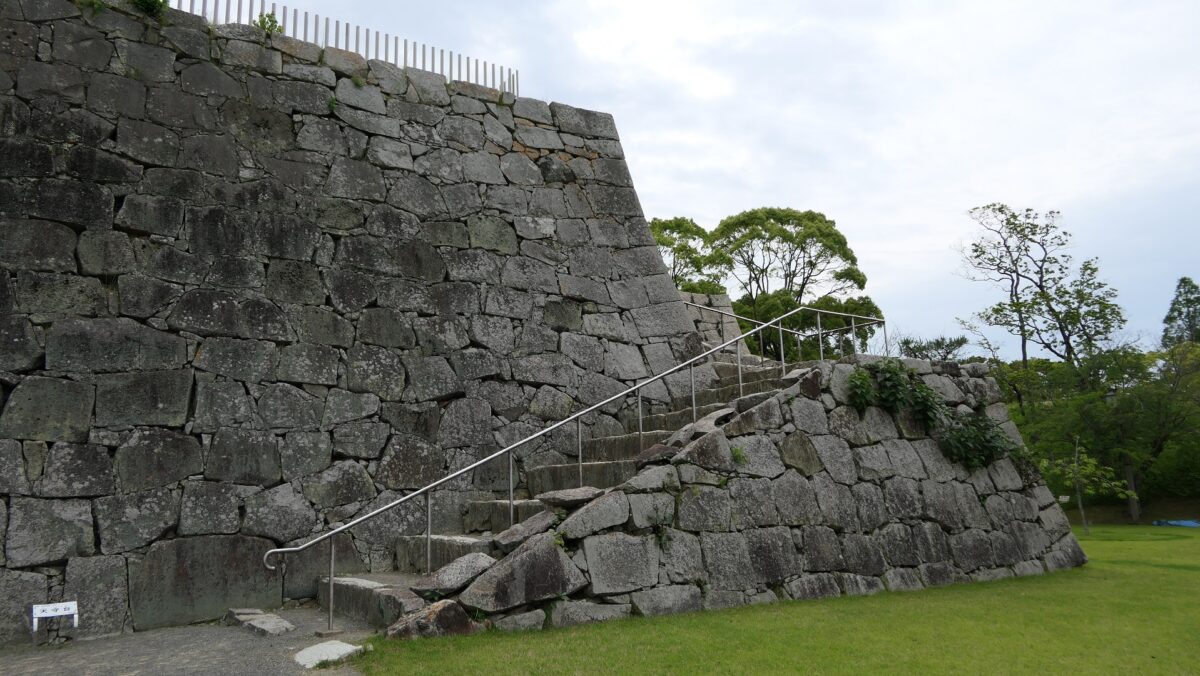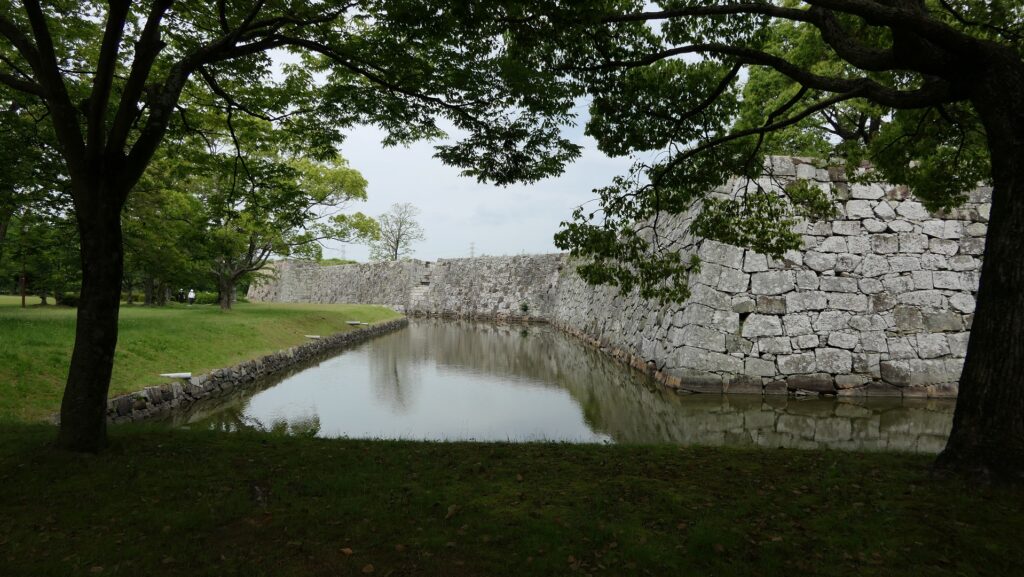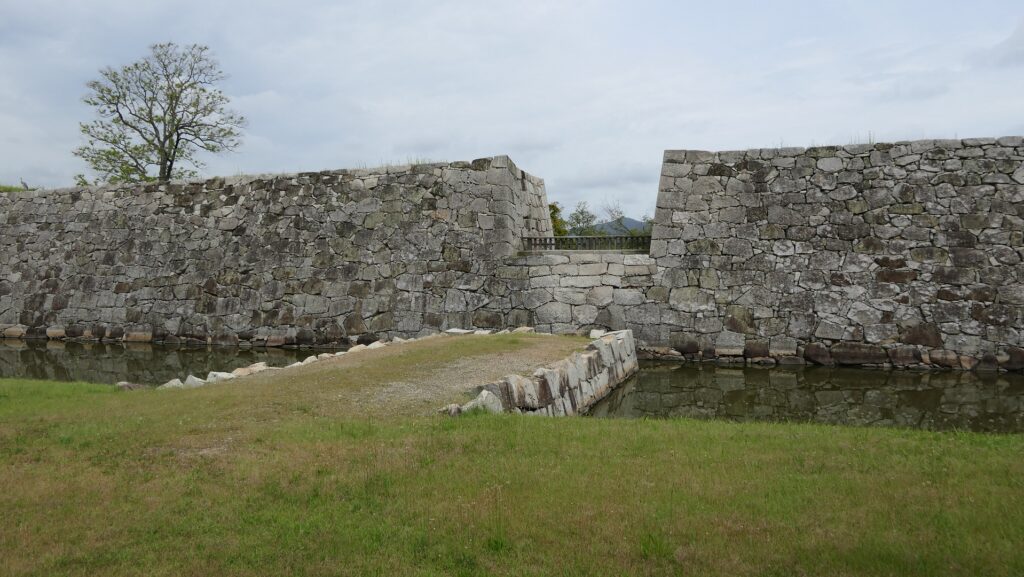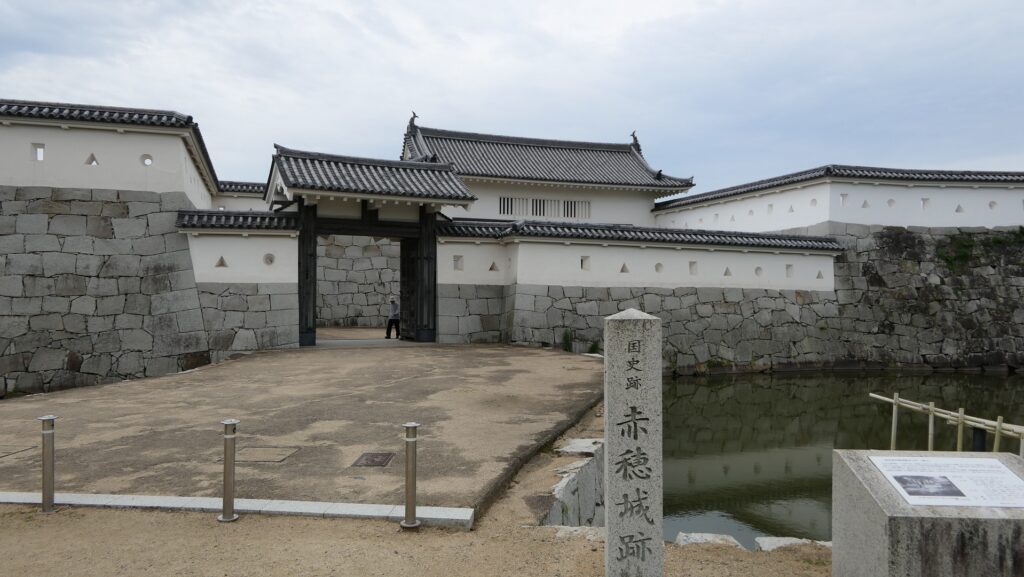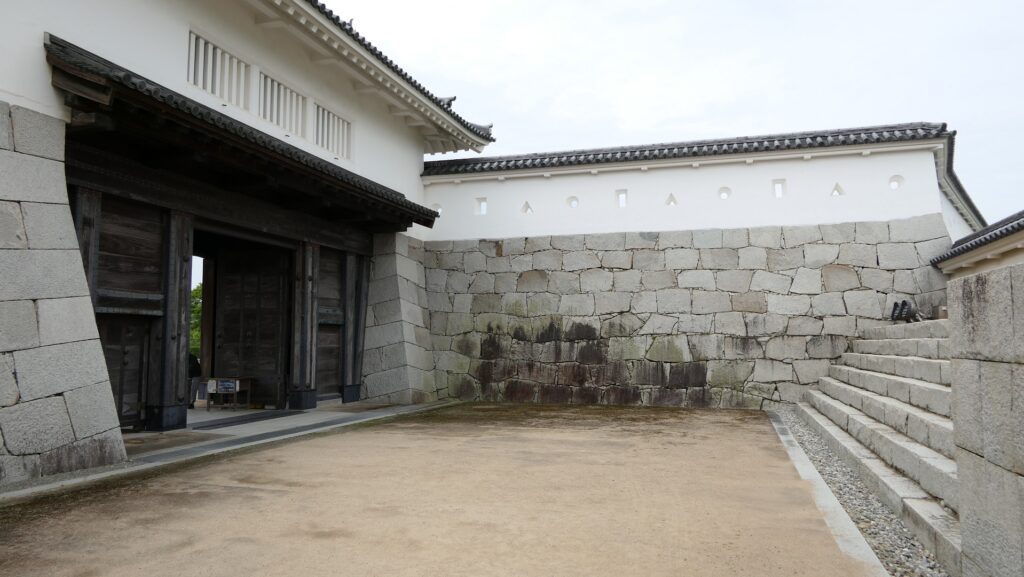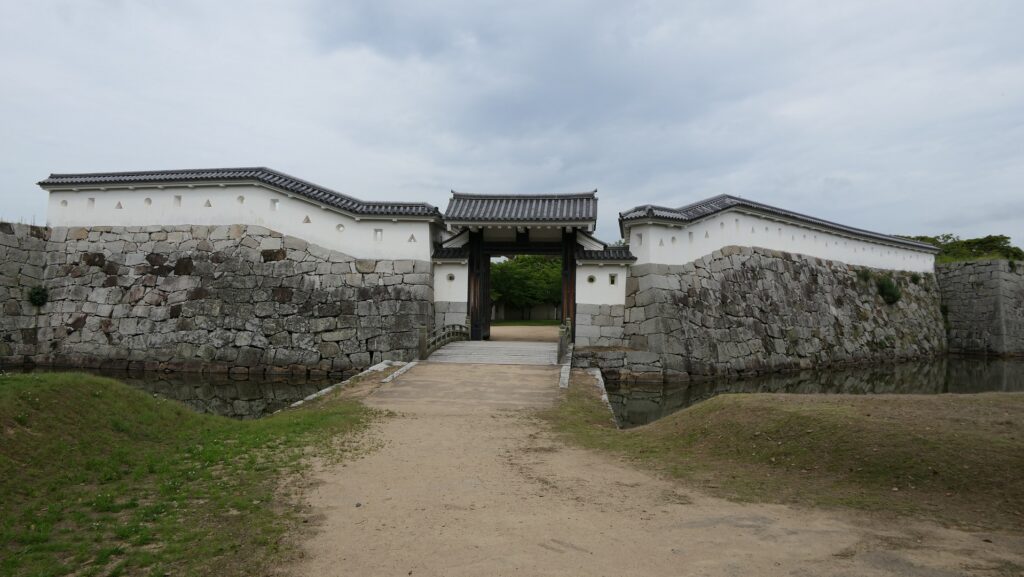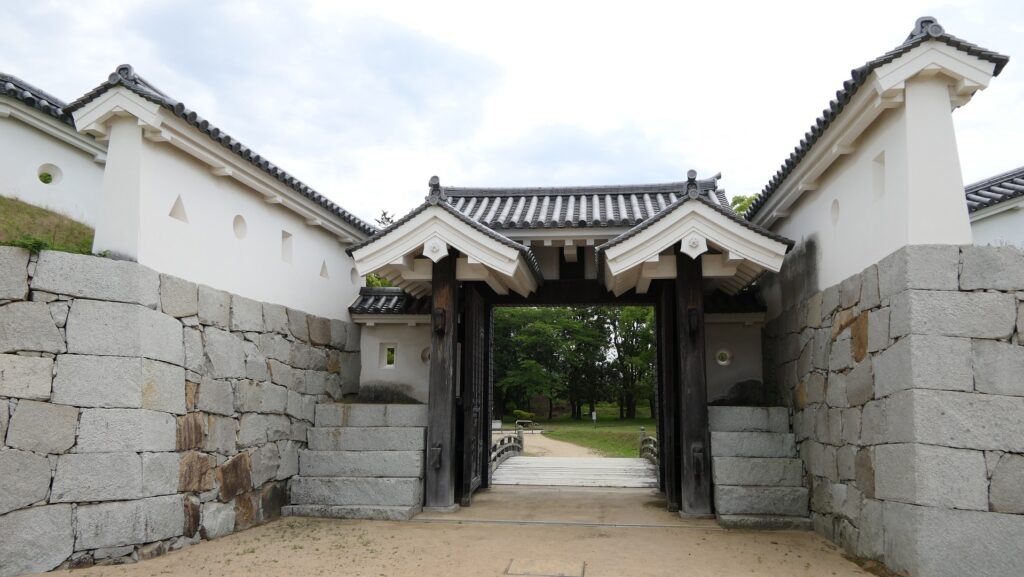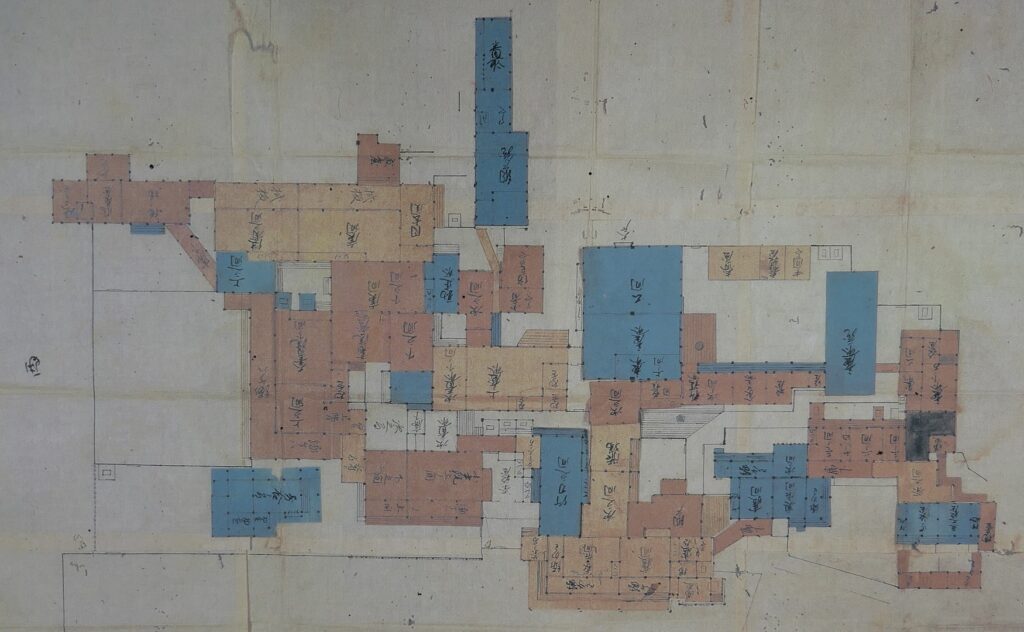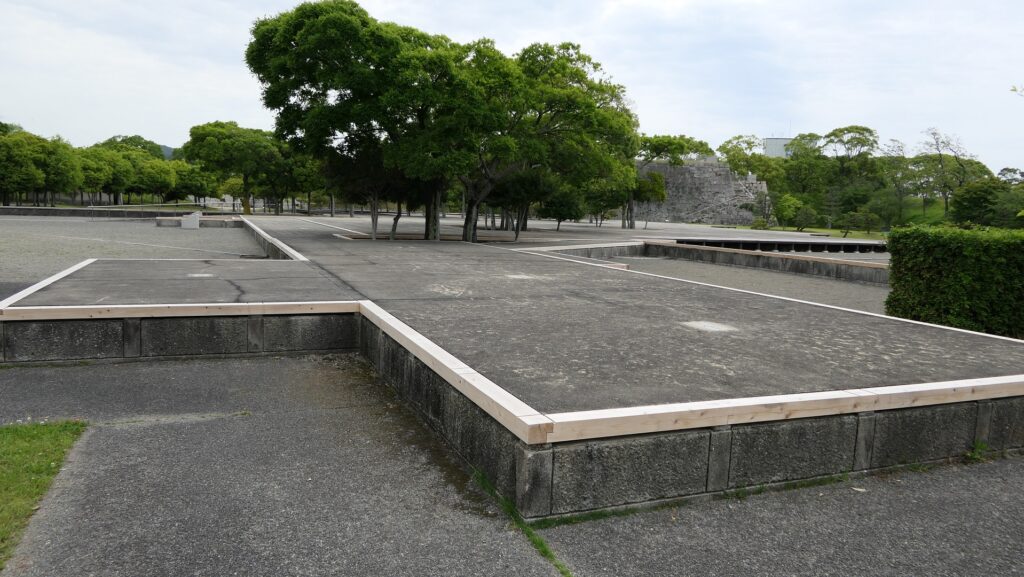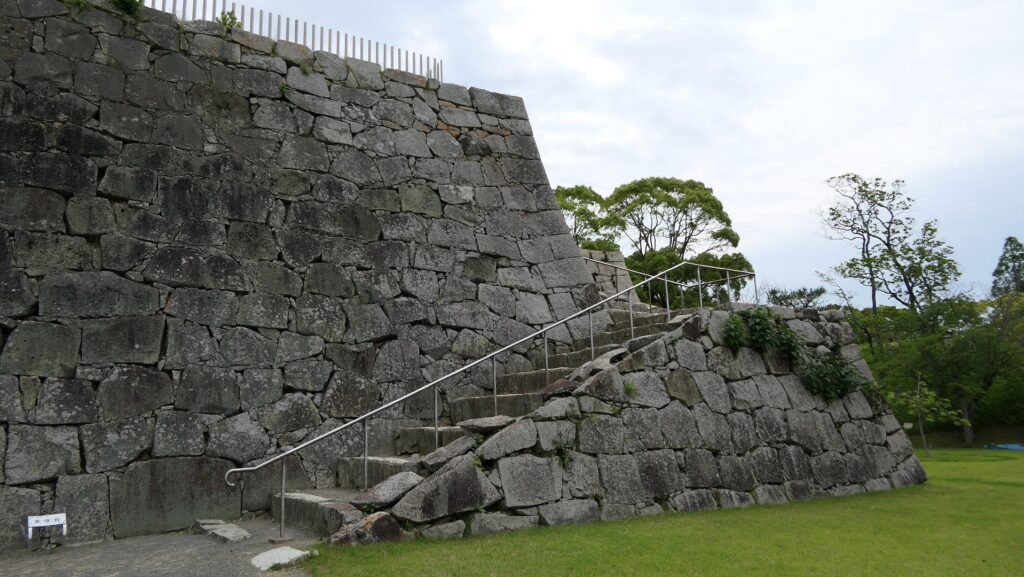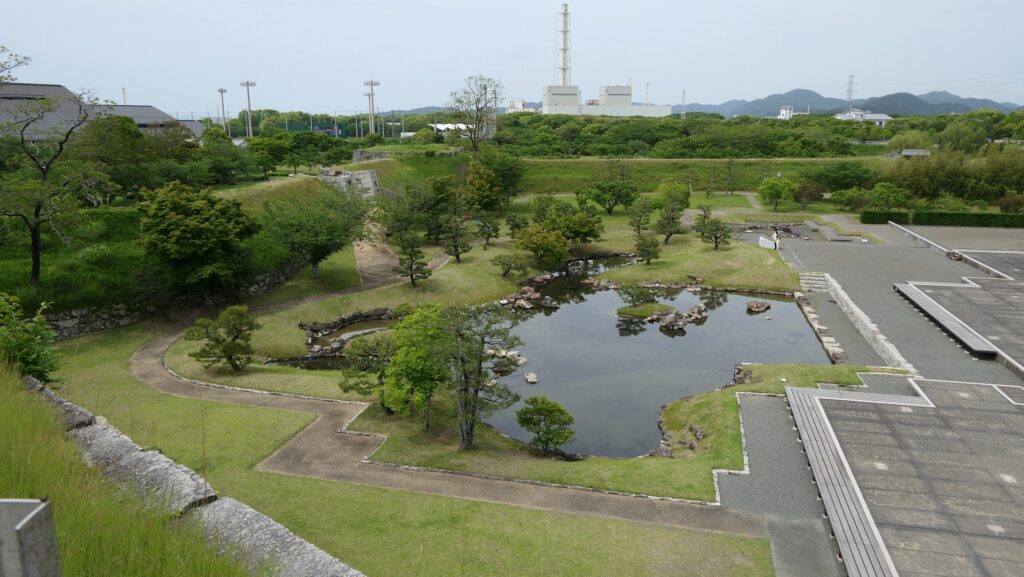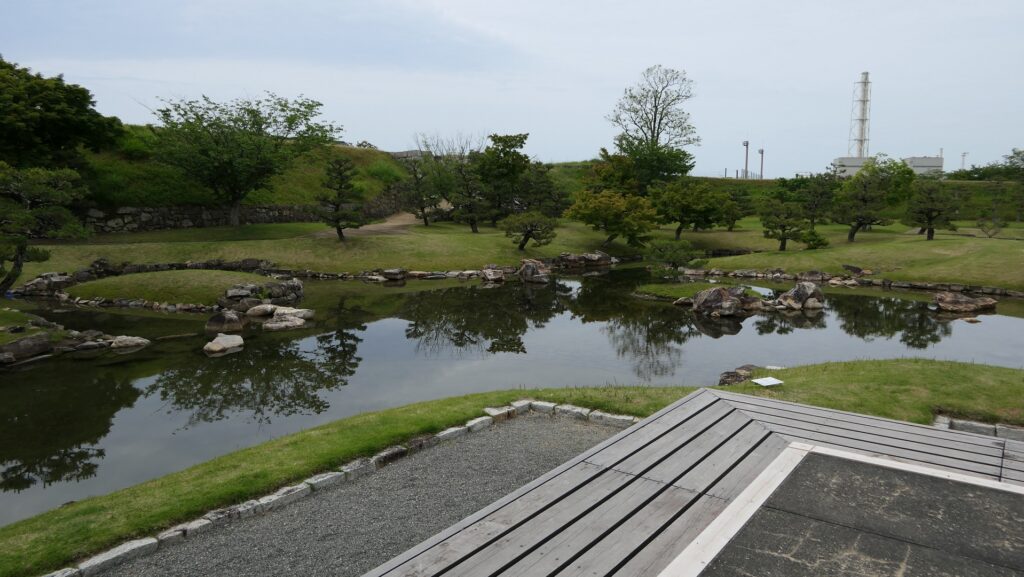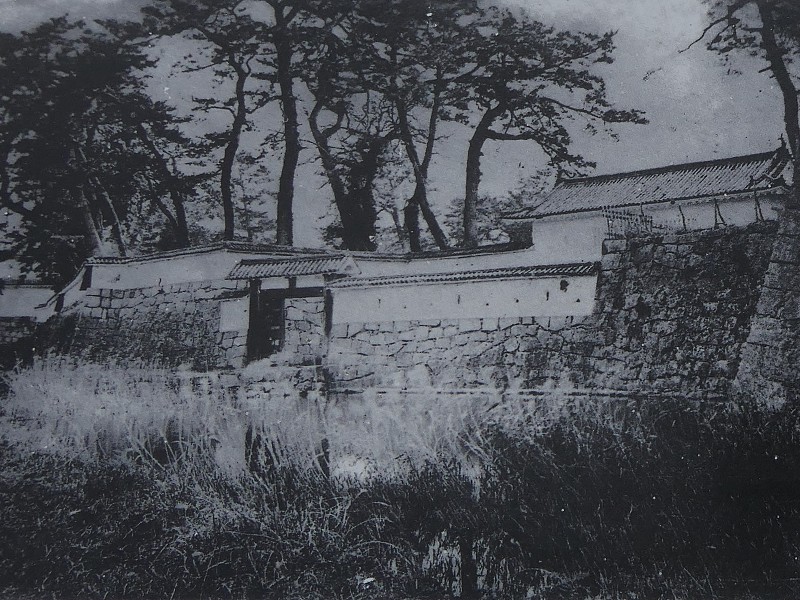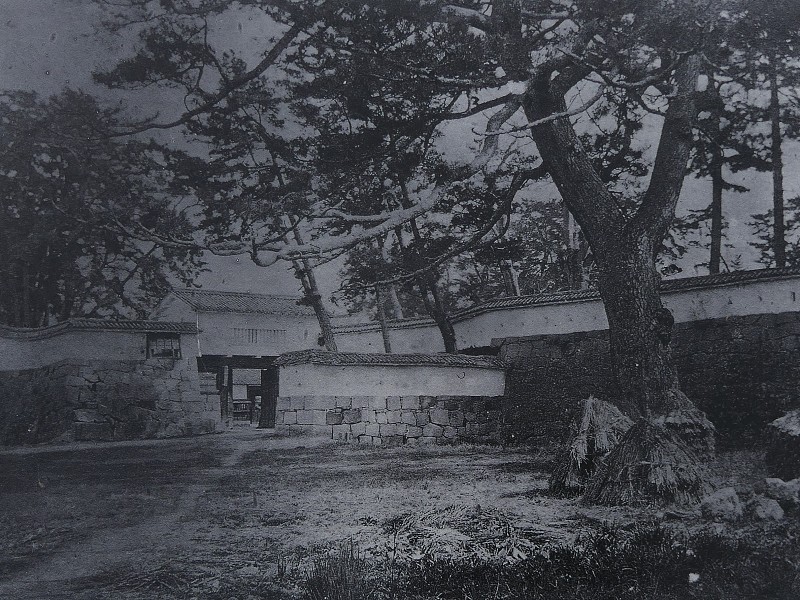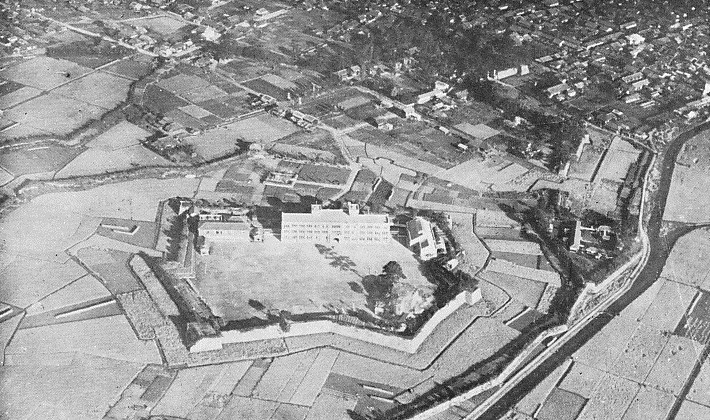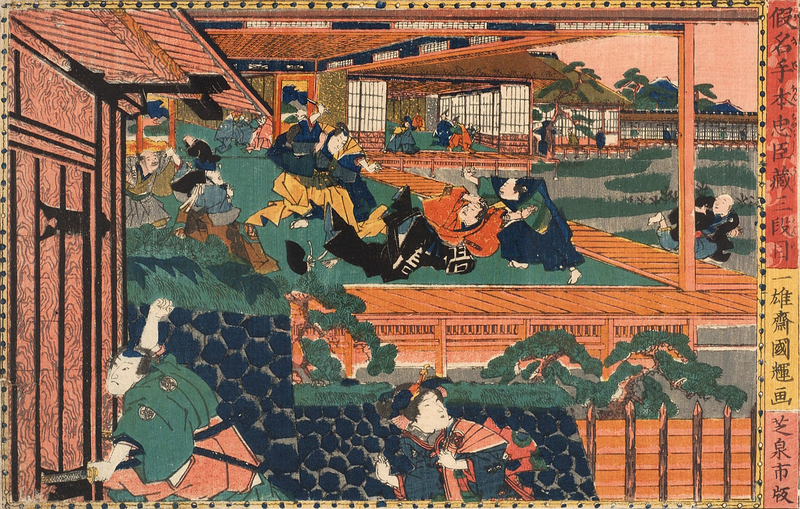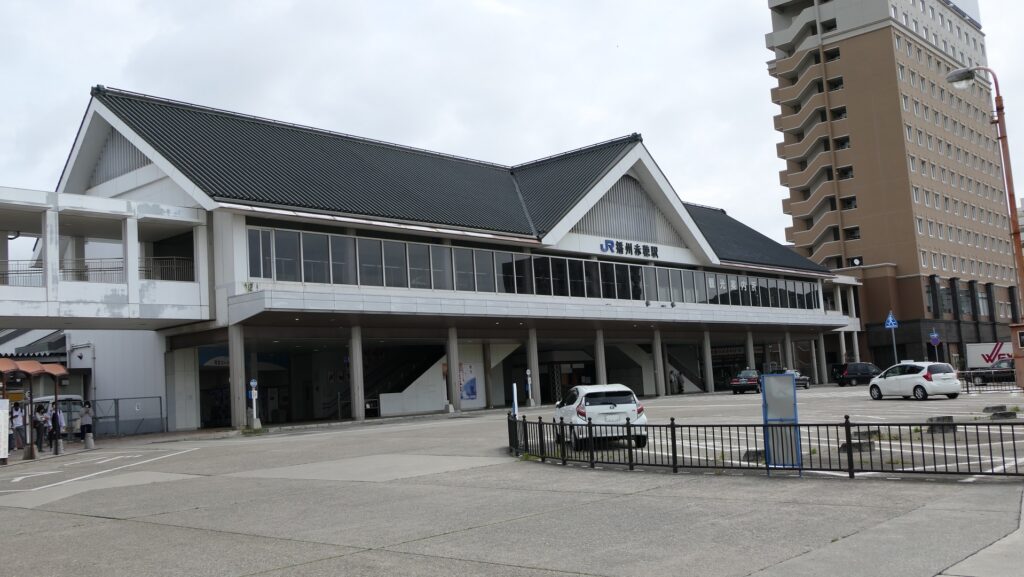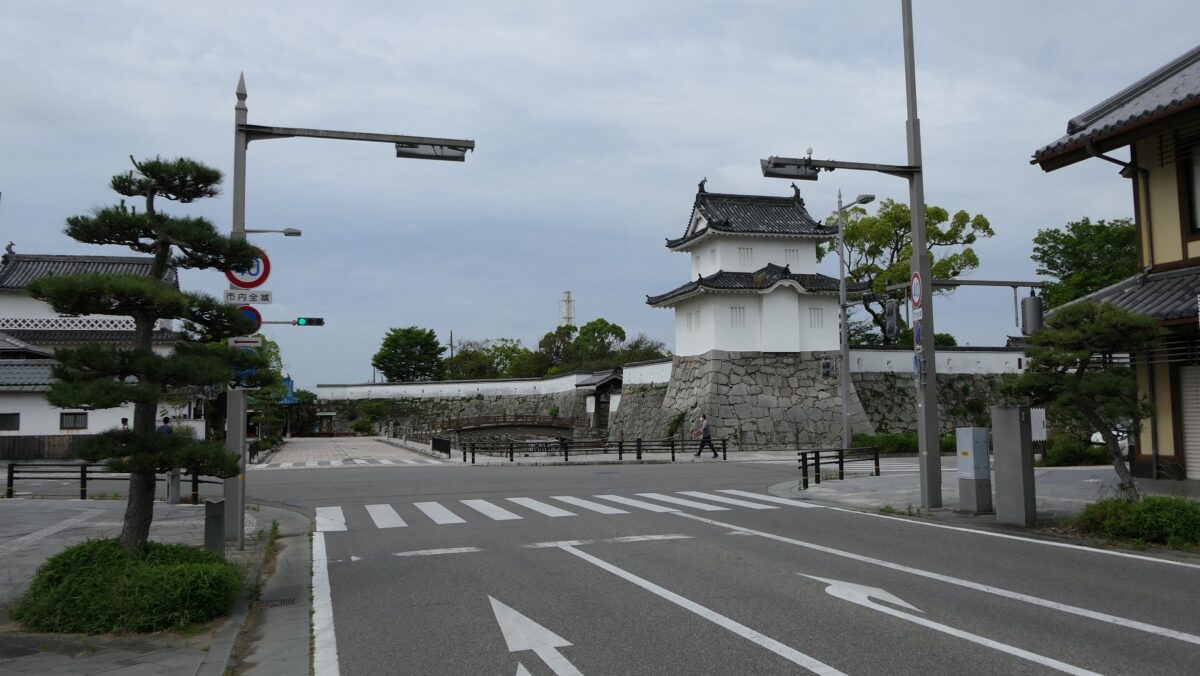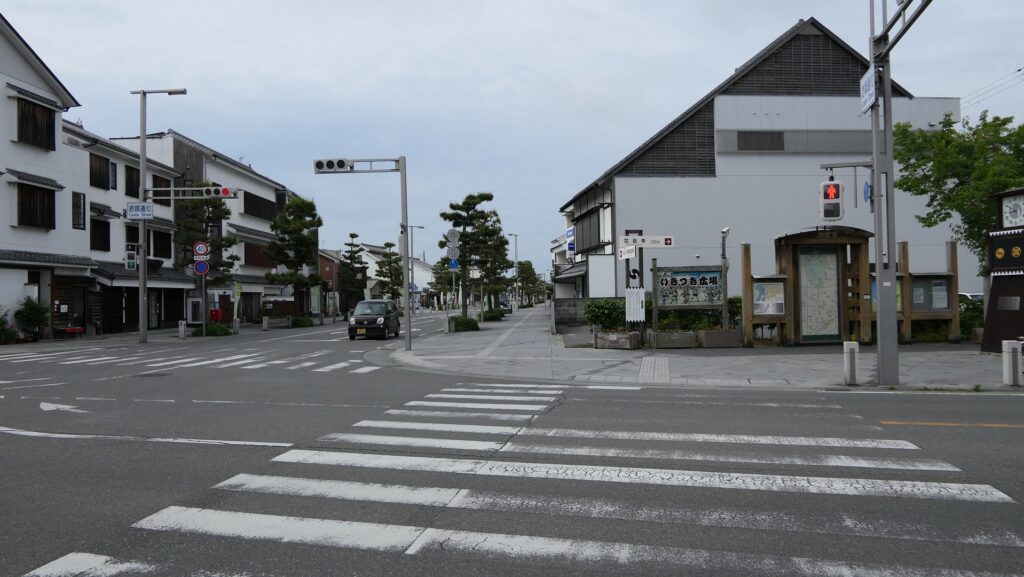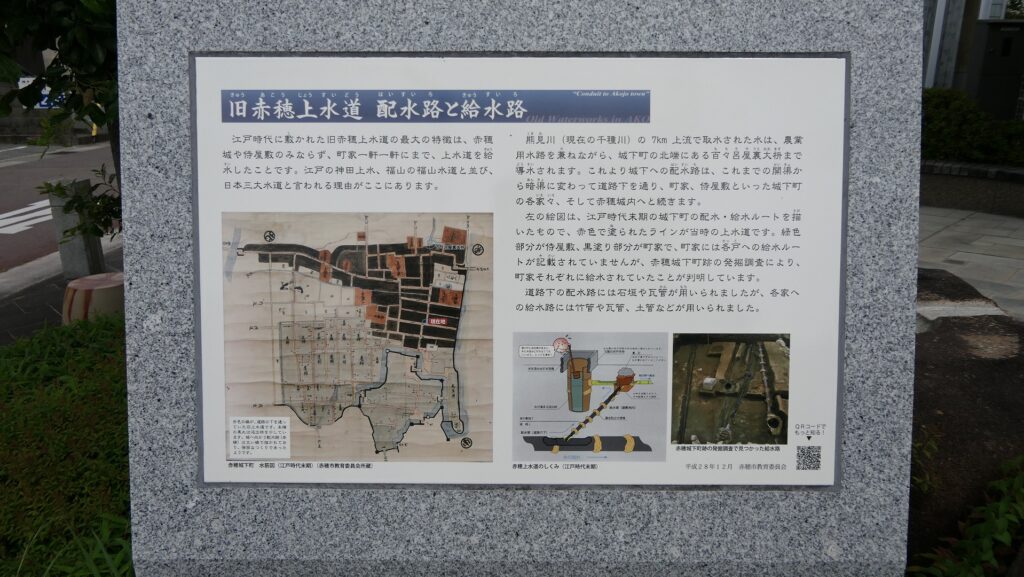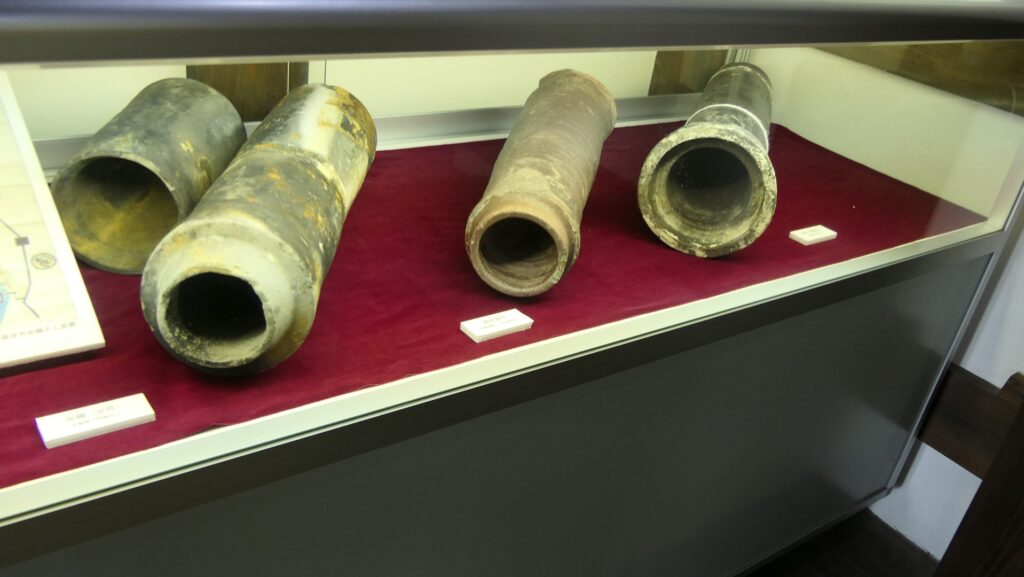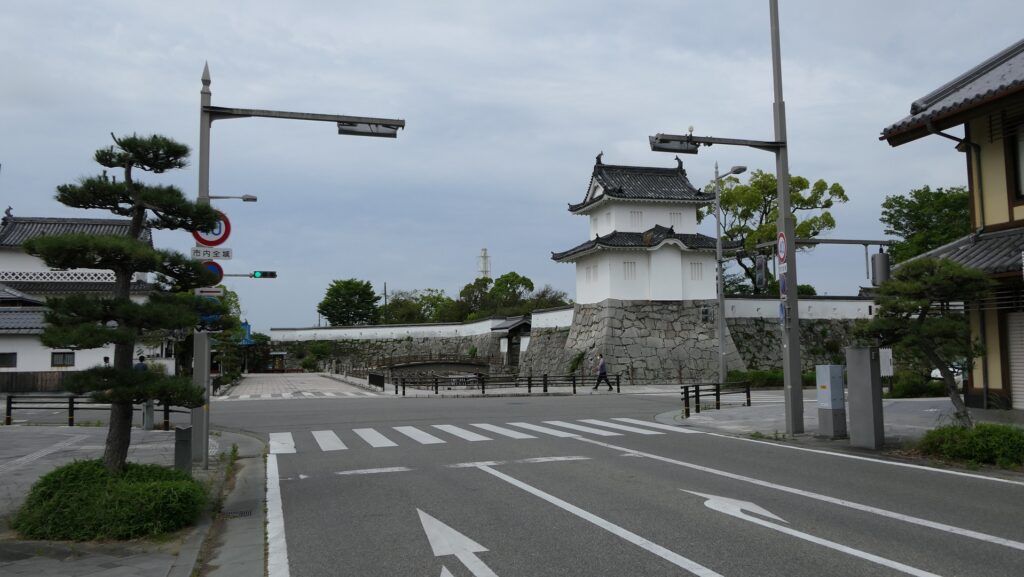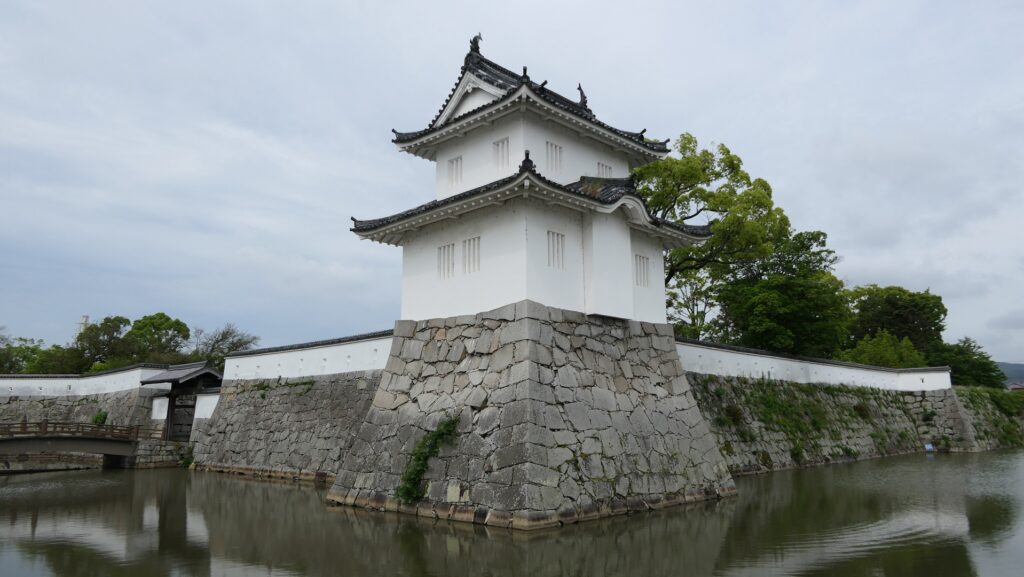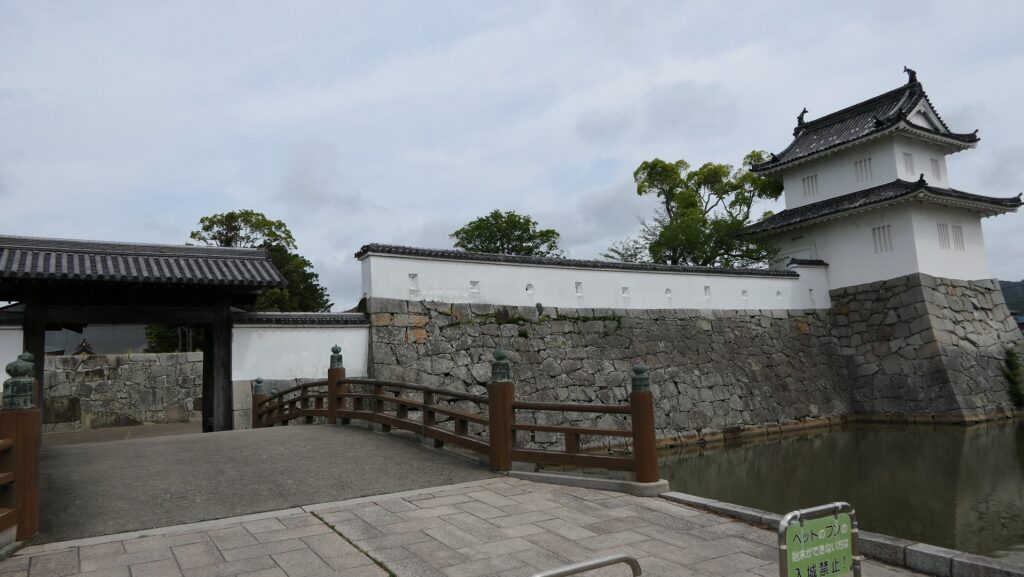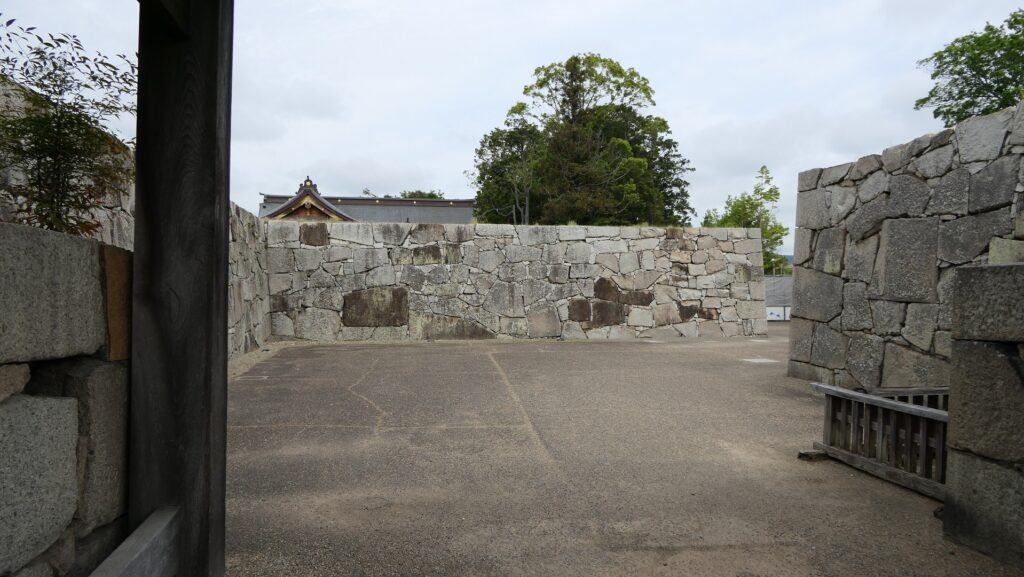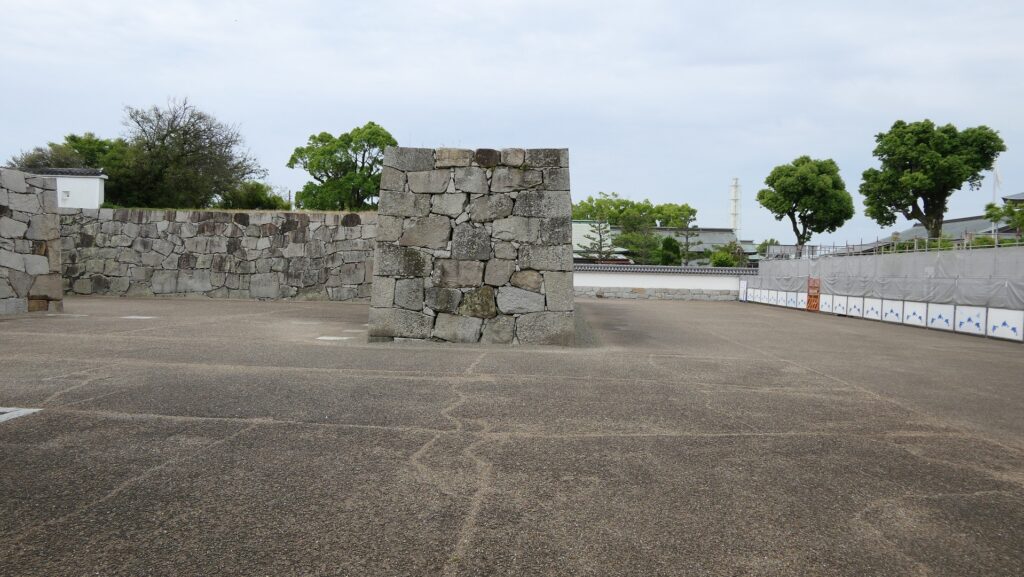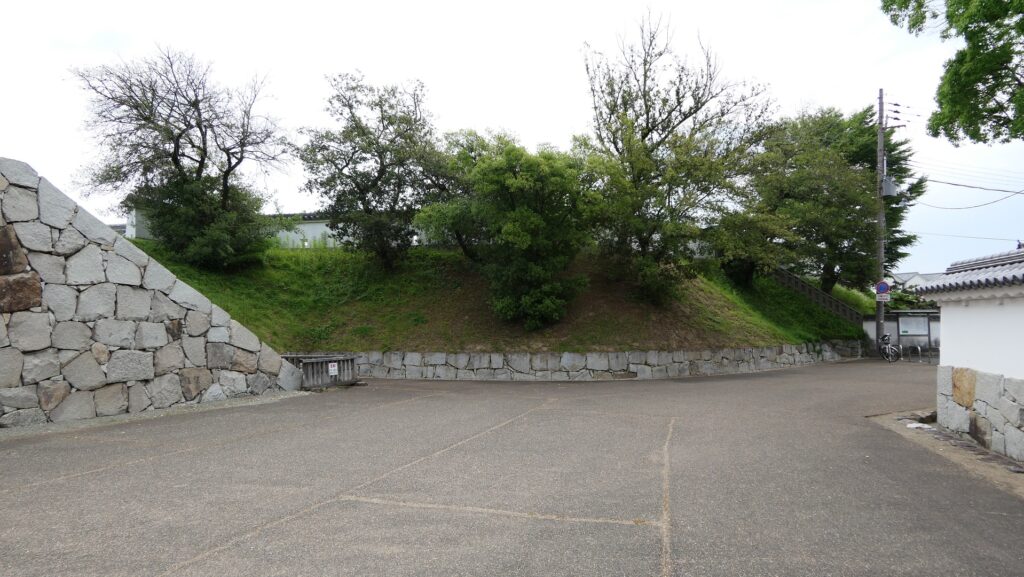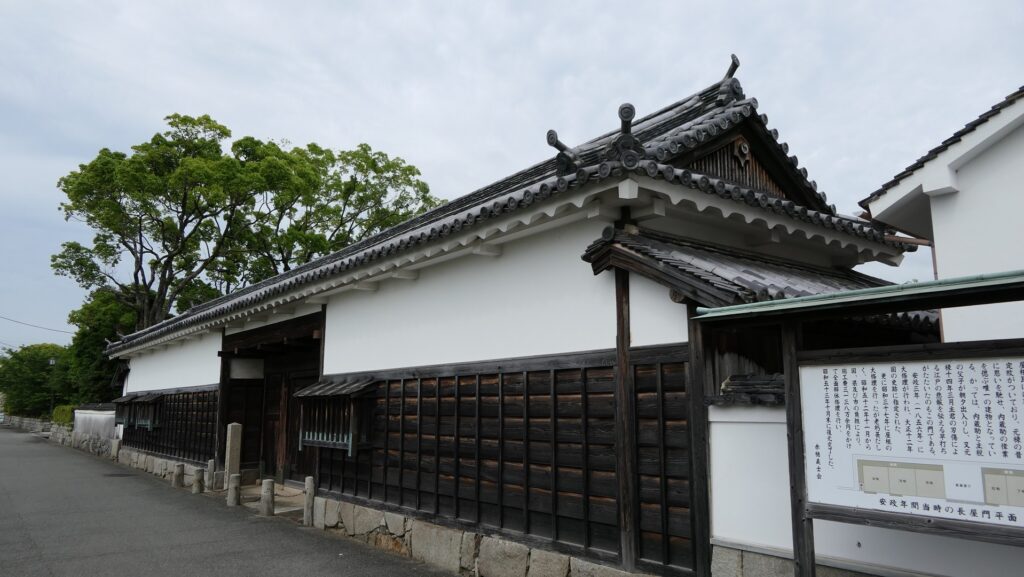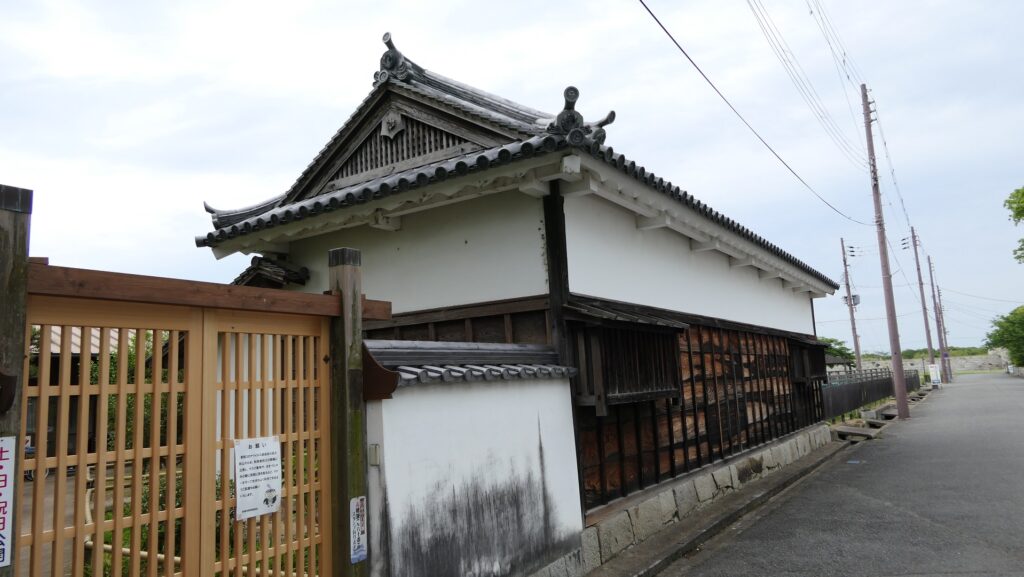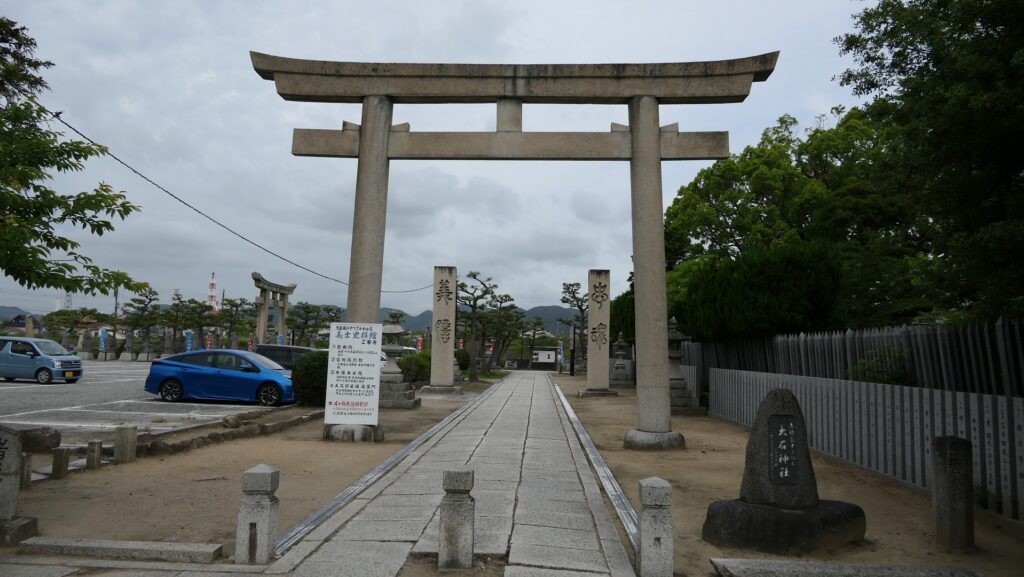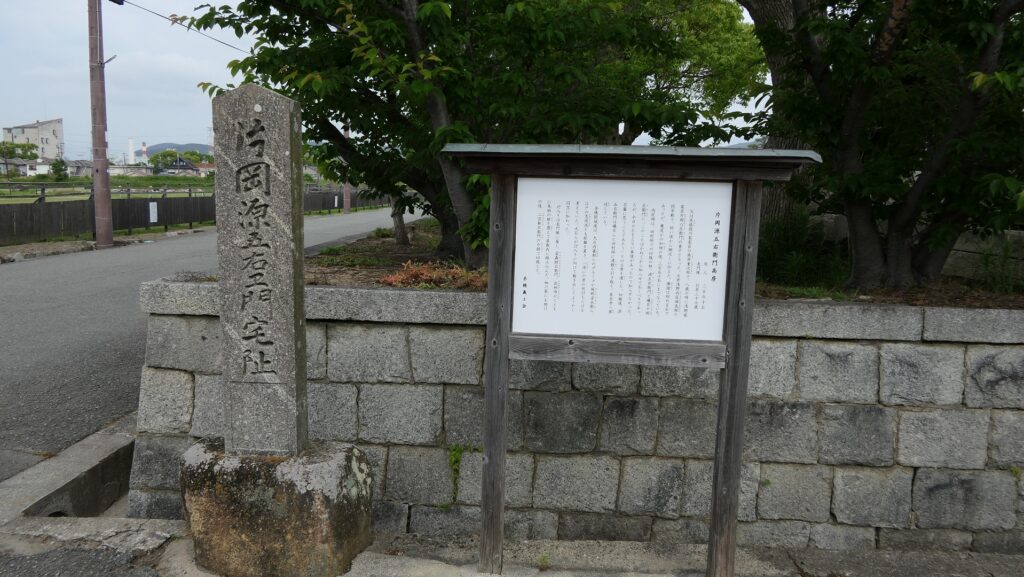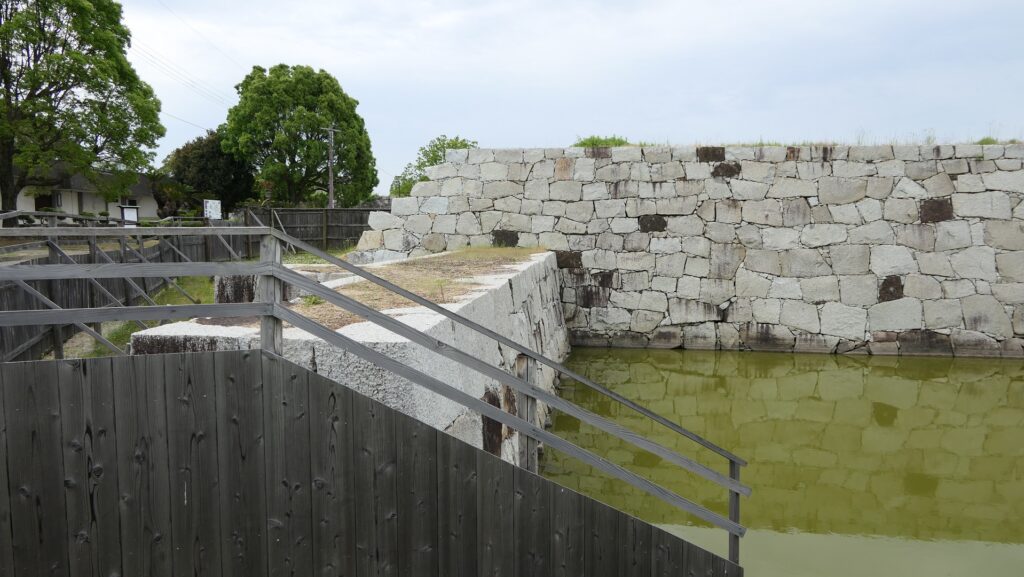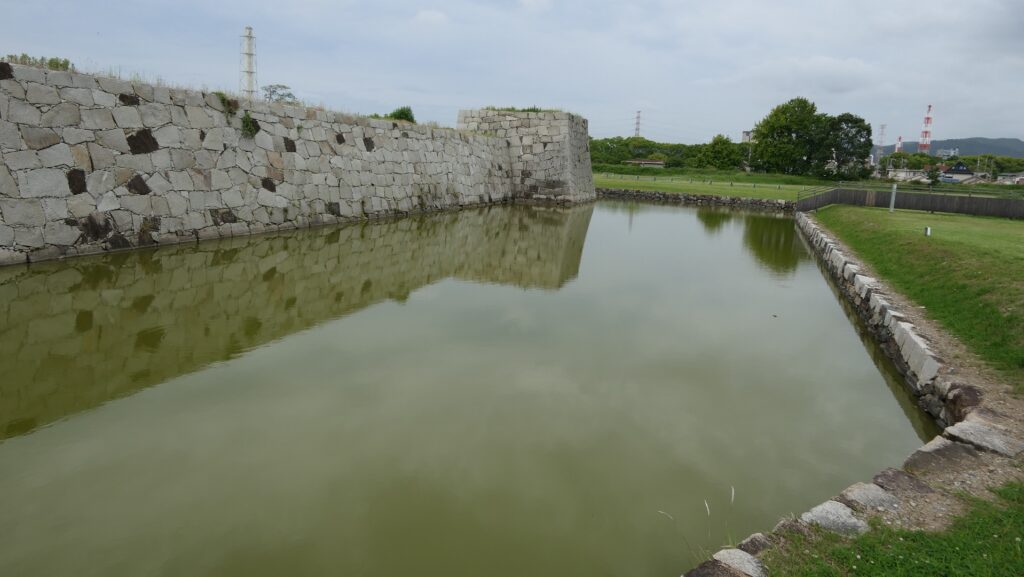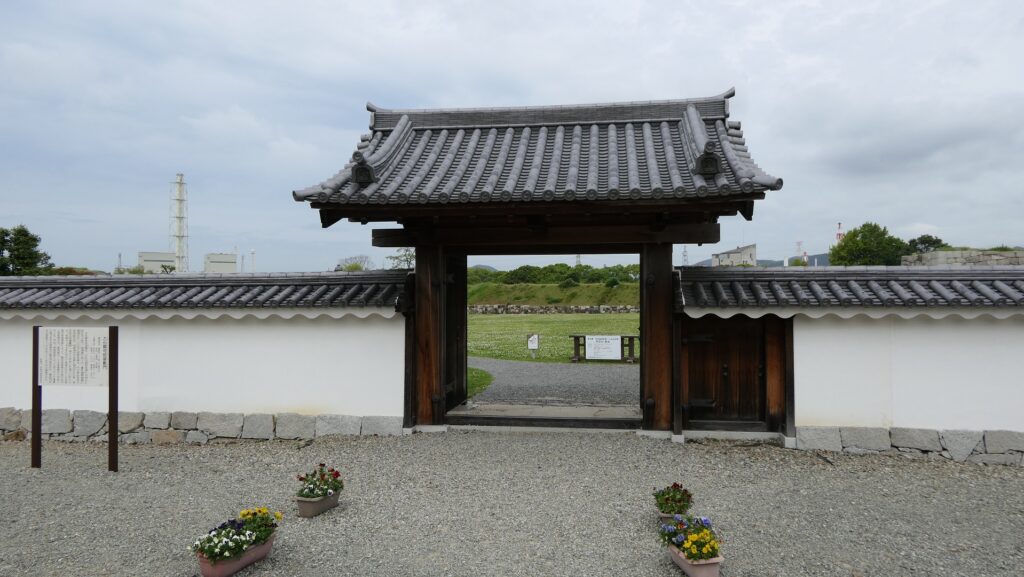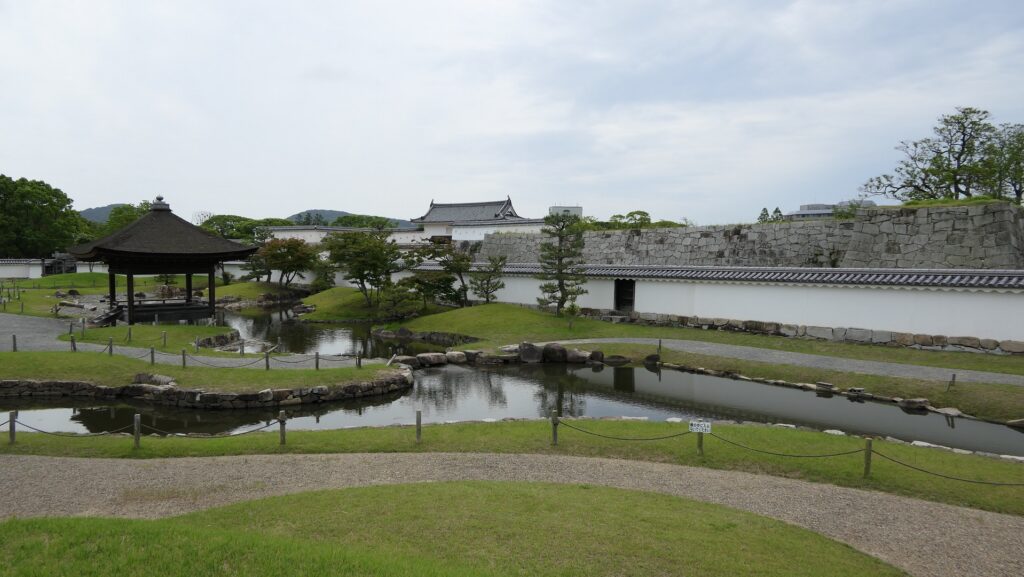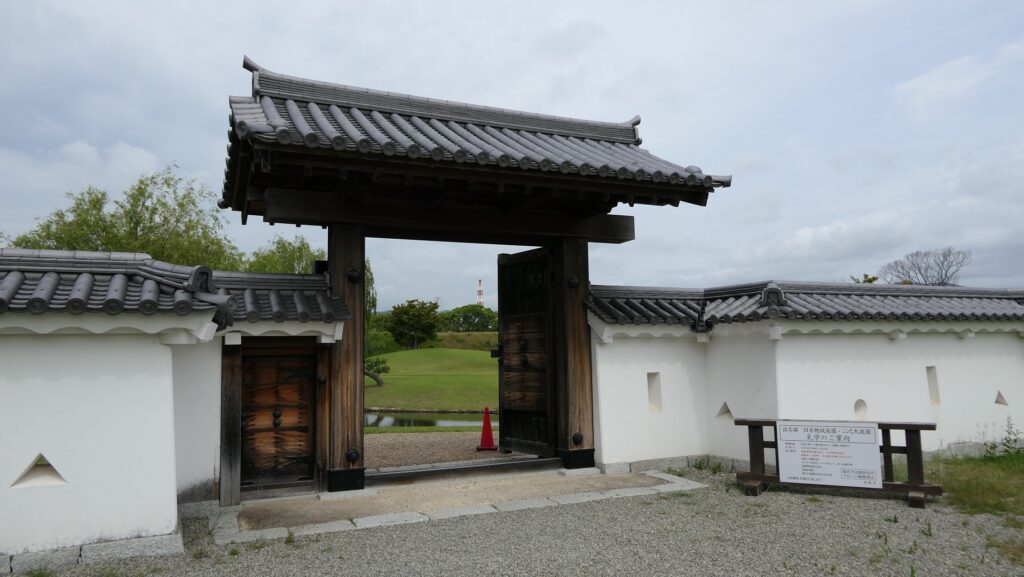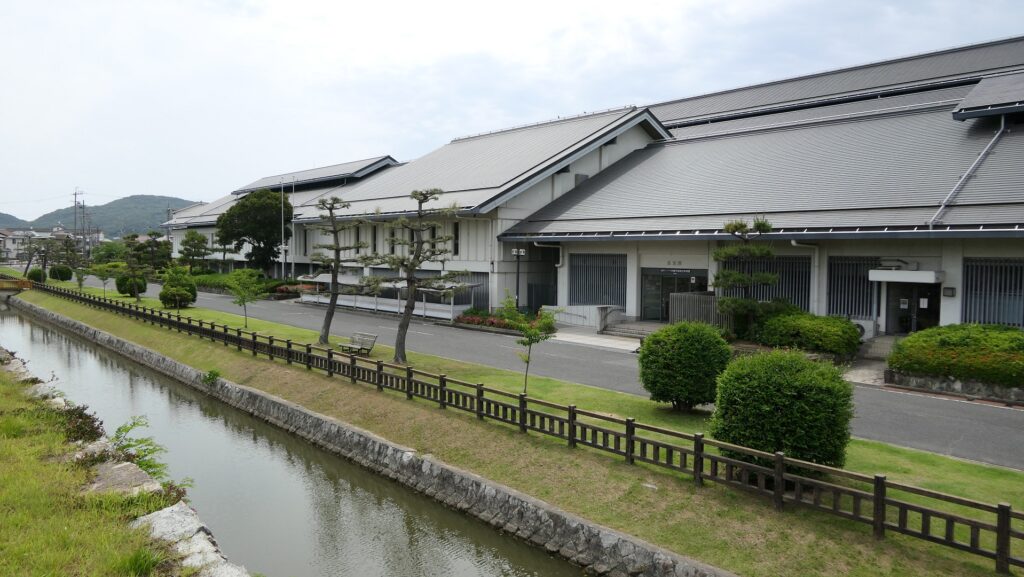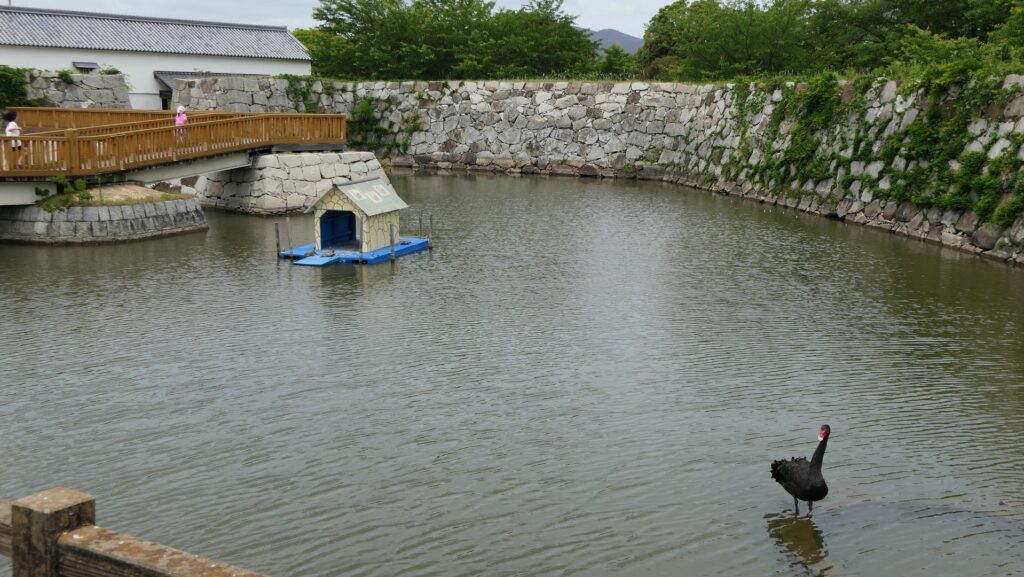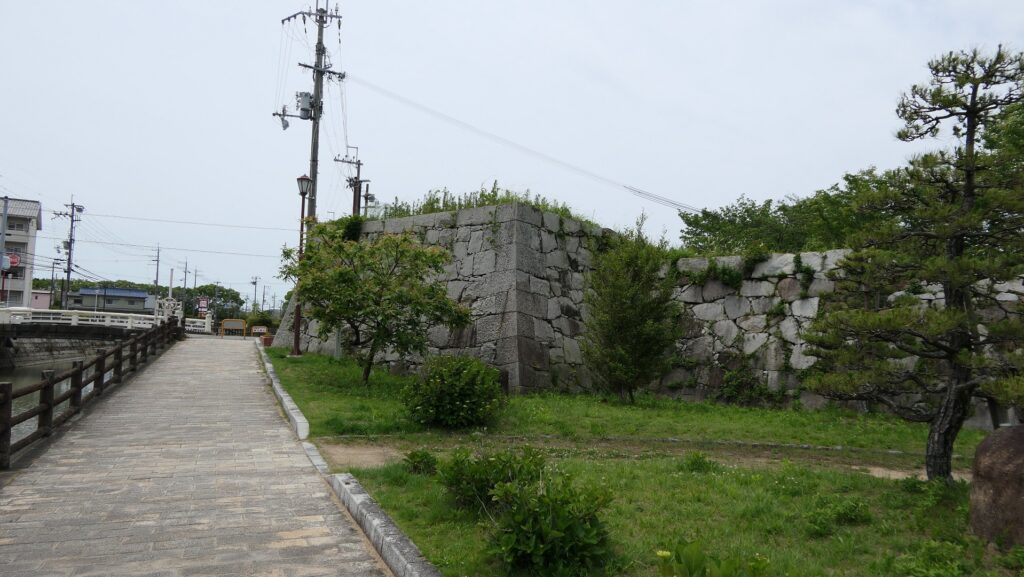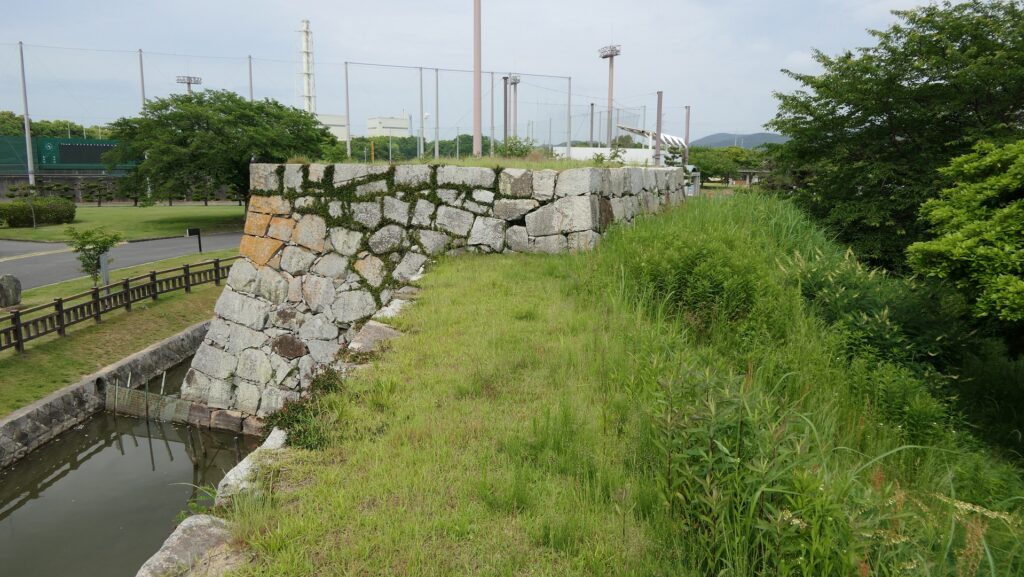Features
Walking from Foot is recommended
Today, the ruins of Kasama Castle have been convenient for both drivers and hikers. For example, if you drive to the ruins, you can choose either parking at the foot of the mountain before a long walk or parking at the mid slope near the top. However, if you have enough time to visit there, it may be better to take the former route because there are many more attractions of the castle widely spread throughout.
The map around the castleTherefore, let us start from the parking lot at the foot to reach the top via the forest road to the mid slope for visiting the ruins by walk mentioned earlier in this article. Please be careful of the many cars that might pass your side. There are several hills around the castle ruins, so you will go on the winding road among the hills. The road eventually turns right at a right angle, which is the entrance to the castle ruins. In addition, if you go straight passing though the spot on the narrow path, you will get to the ruins of the northern gateway called Sakao-no-dorui (meaning the earthen walls of Sakao).
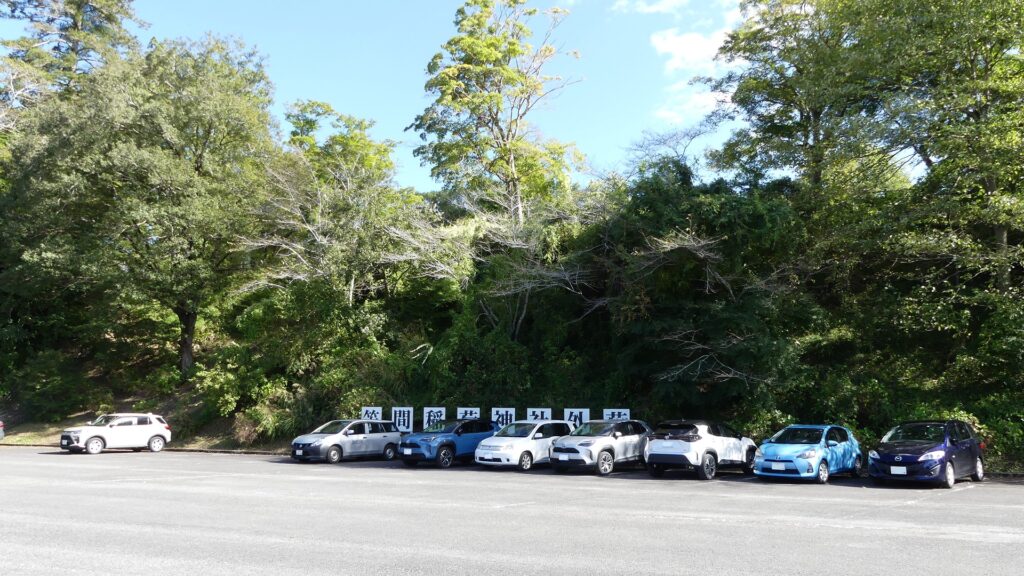
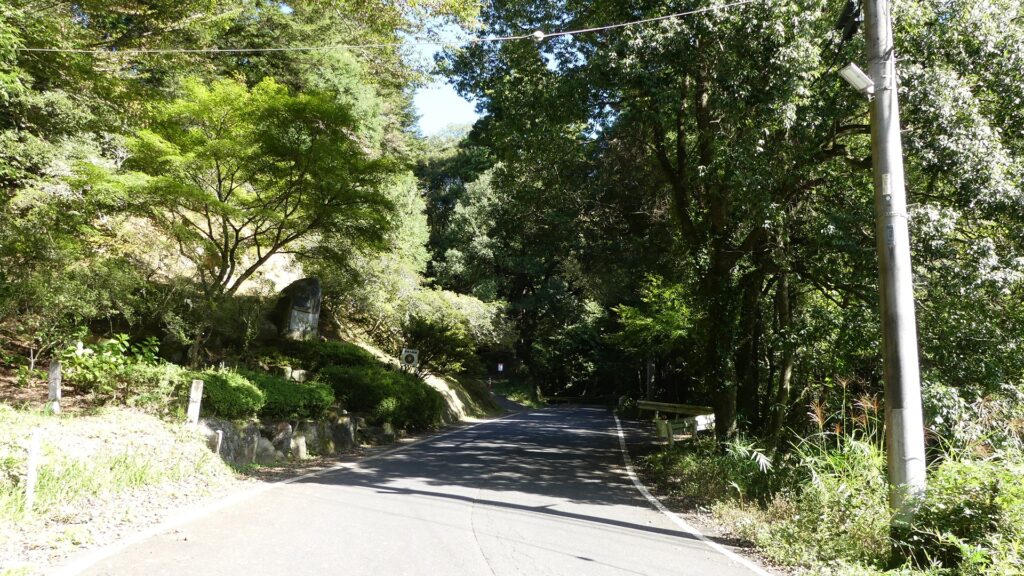
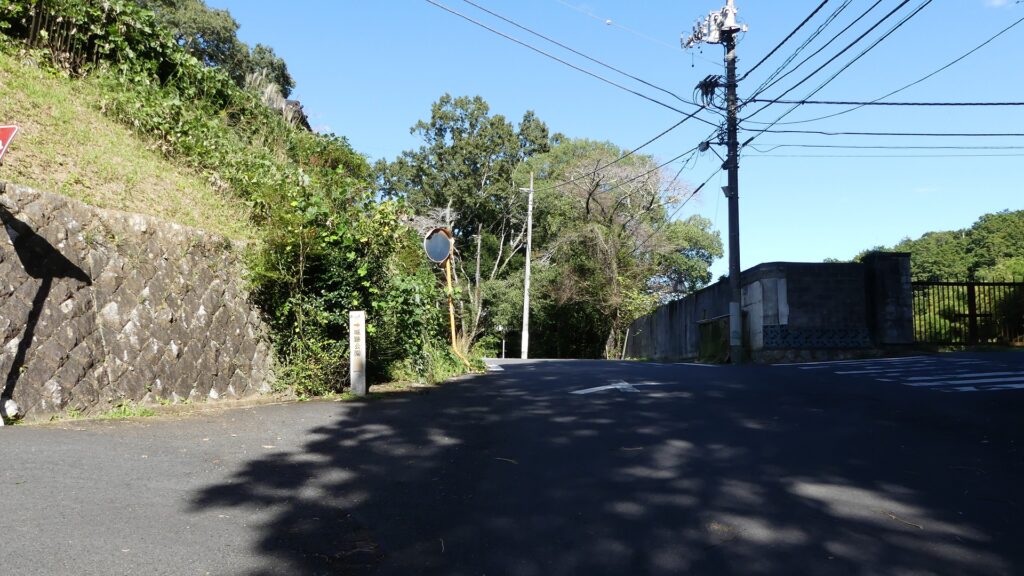
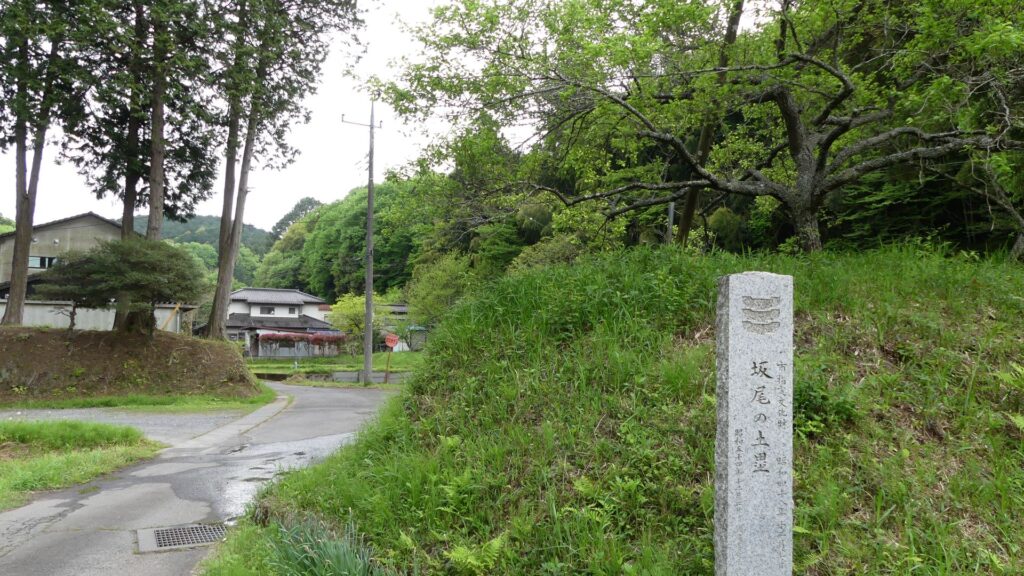
Looking at Mysterious Huge Rock and Outer Dry Moats
Going back to the forest road to the castle, you will see a huge rock which partially blocks the road on the left. It is called Daikokuseki (meaning the Rock of Mahakala) which has an interesting folklore as the following. When Shofukuji Temple fought against Tokuzoji Temple but was outnumbered and was at disadvantage, the huge rock near the top suddenly collapsed. The rock crushed the monk soldiers of Tokuzoji side on the narrow path, which resulted in their withdrawal. Since then, the rock has been called the Rock of Mahakala because it looks like the sack Mahalaka has and brought a fortune to the Shofukuji side which was located on the mountain (Mahalaka is the god of wealth in Japan).
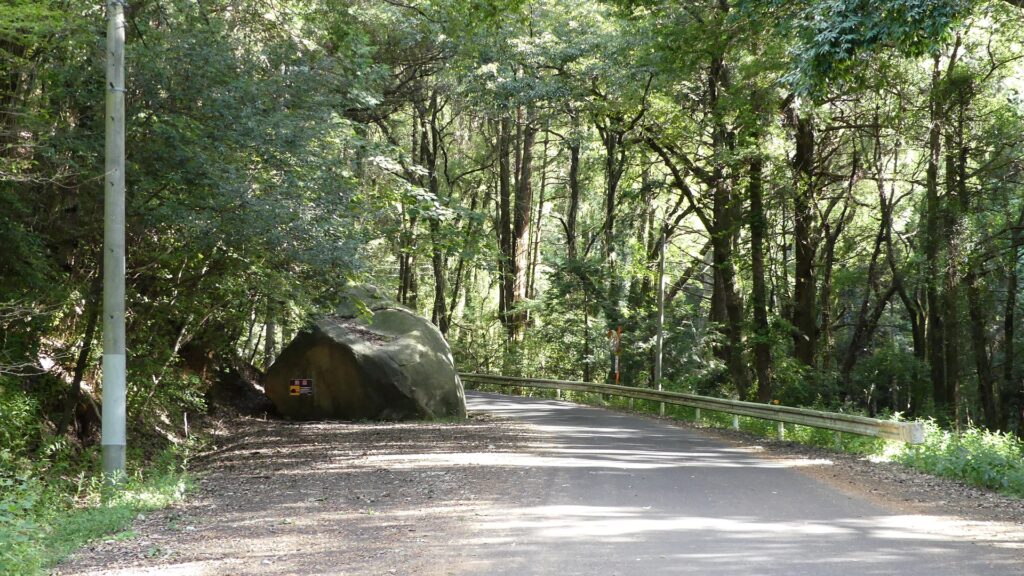
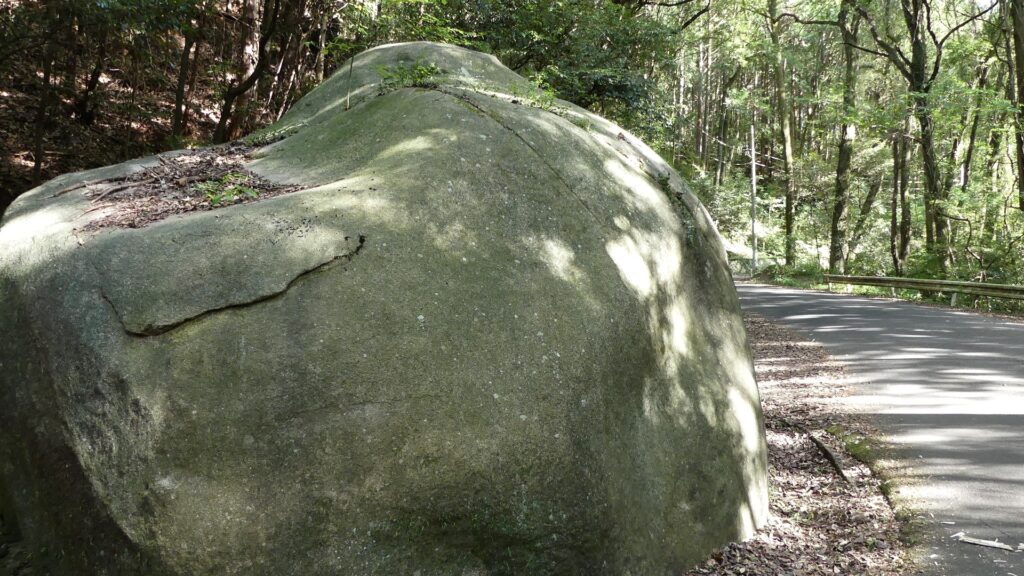
You will next see a large ditch on the left, which is part of the outer dry moats surrounding the whole castle area. That means this is where the entrance of the castle is. You will then walk on the road with a hill on the left and another hill over the valley on the right. They are all the ruins of the forts, so if you were an enemy, you would be attacked from both sides.
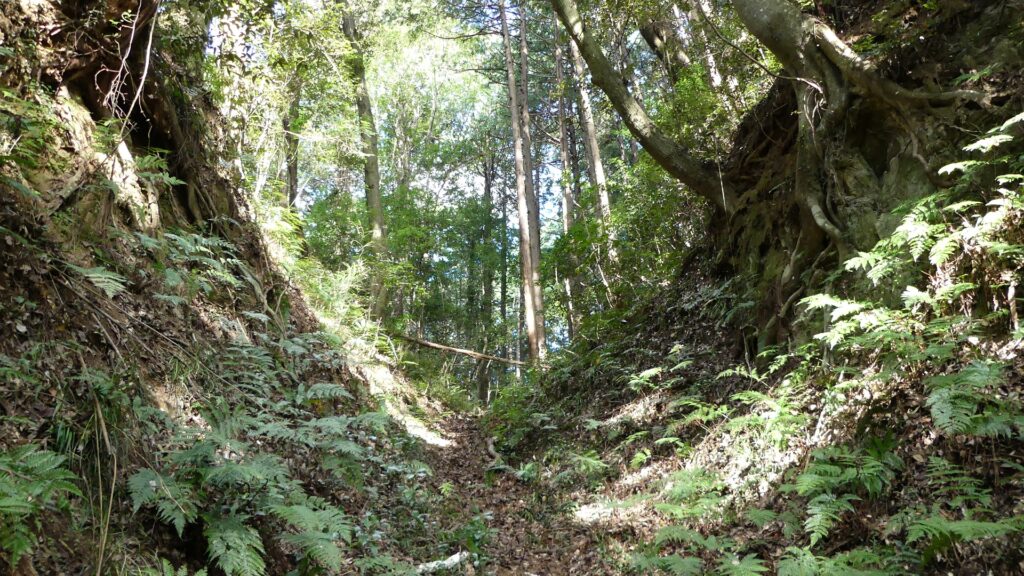
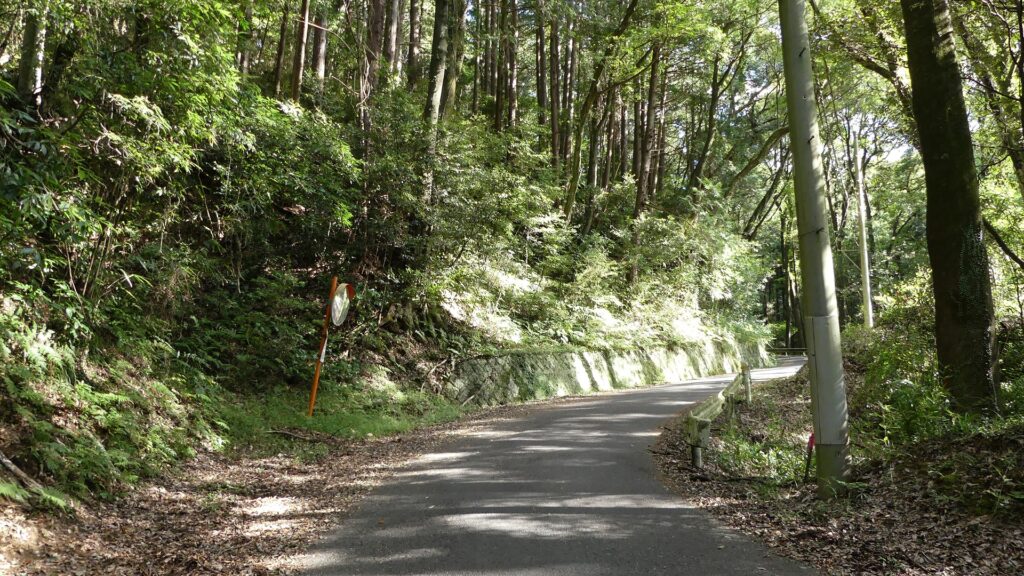
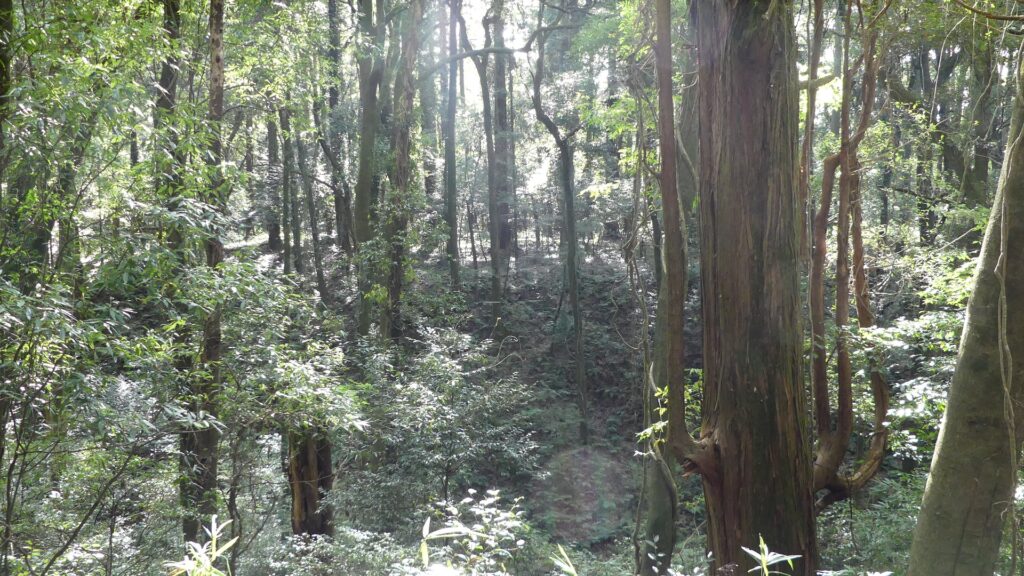
Sennin-Damari Enclosure and One Hundred Quarters Ruins at Mid Slope
You will eventually turn right and go across an earthen bridge over the valley before arriving at the parking lot at the mid slope. It was actually a large enclosure called Sennin-Damari (meaning Accommodating Ten Thousand Soldiers), which was probably used as a military post or barracks.
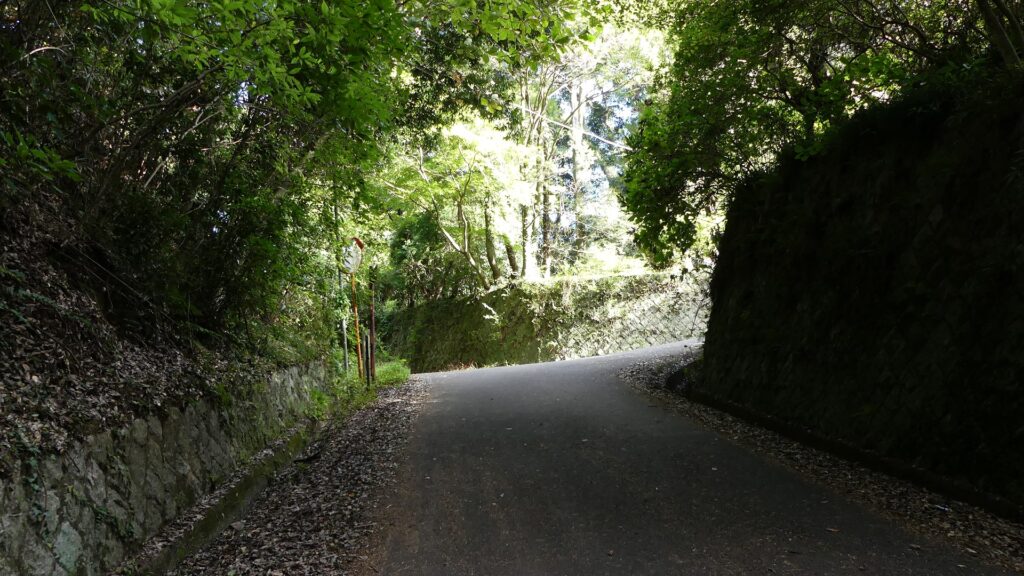
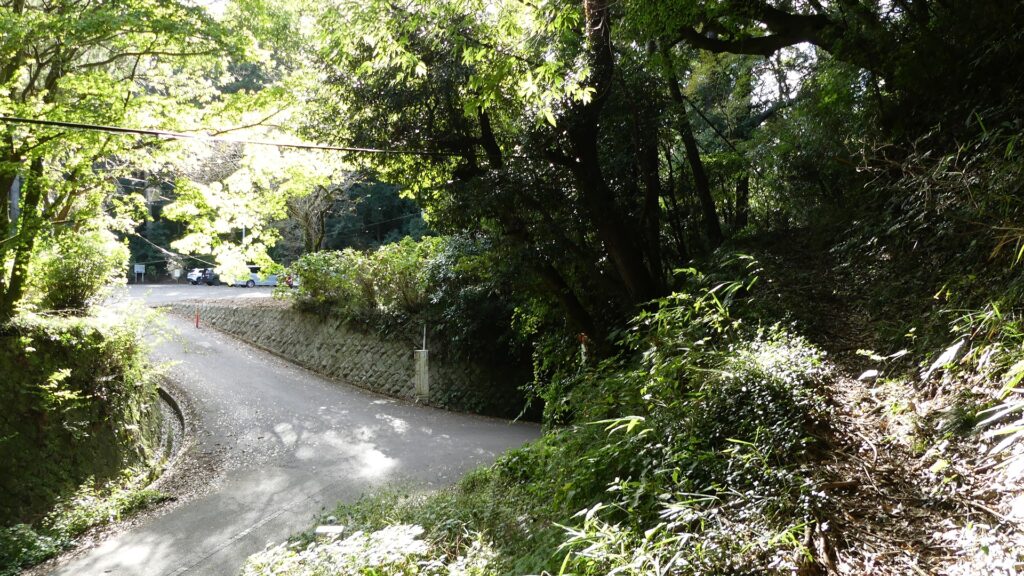
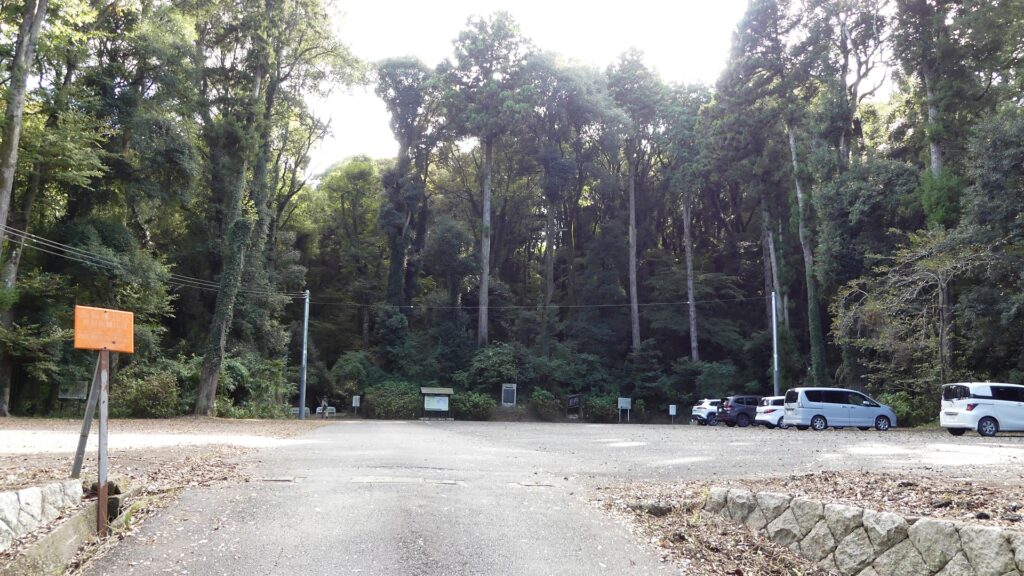
There is also the ruin of the One Hundred Quarters of Shofukuji Temple opposite the enclosure across the forest road, where the temple prospered. However, there are no buildings and structures, but only the signboard and leveled ground with few graves, so it may look like another ruins of the castle’s fort.
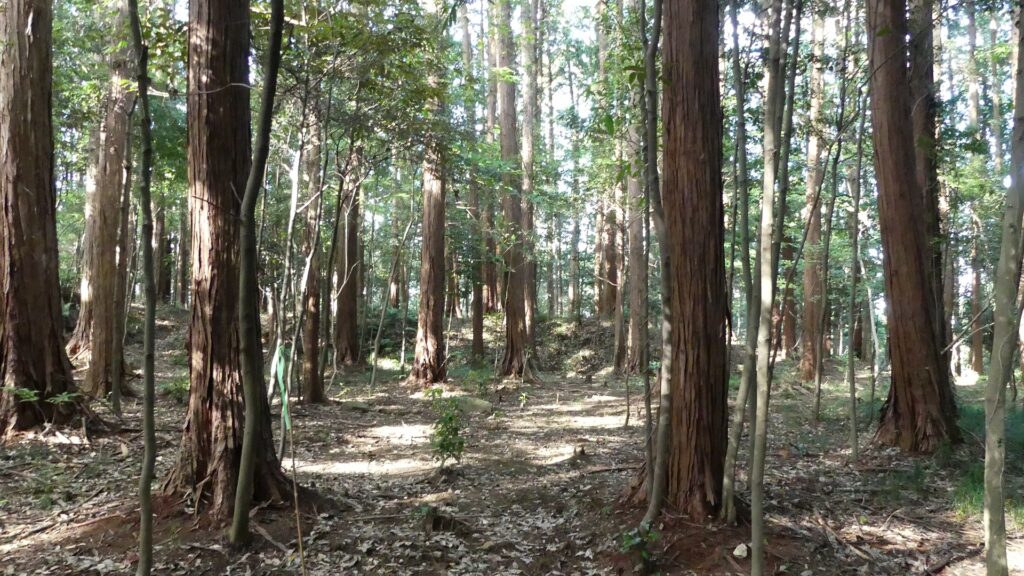
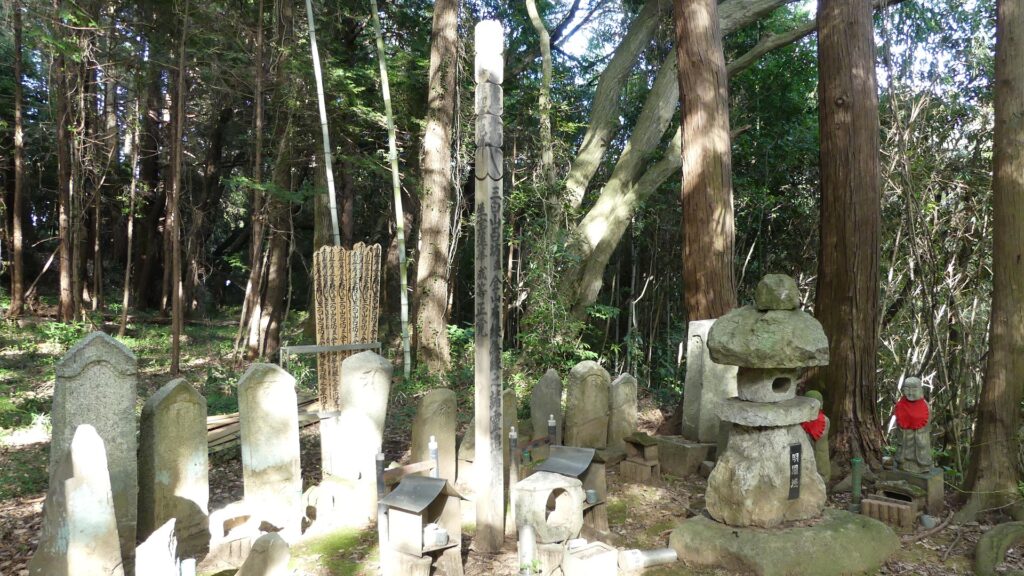
From Main Gate to Main Enclosure
All visitors have to walk from the Sennin-Damari Enclosure to the center after passing a gate built by alternating stone walls. However, you can easily go on the restricted road to the top beside some castle items such as the Main Gate Ruins and partially remaining stone walls.
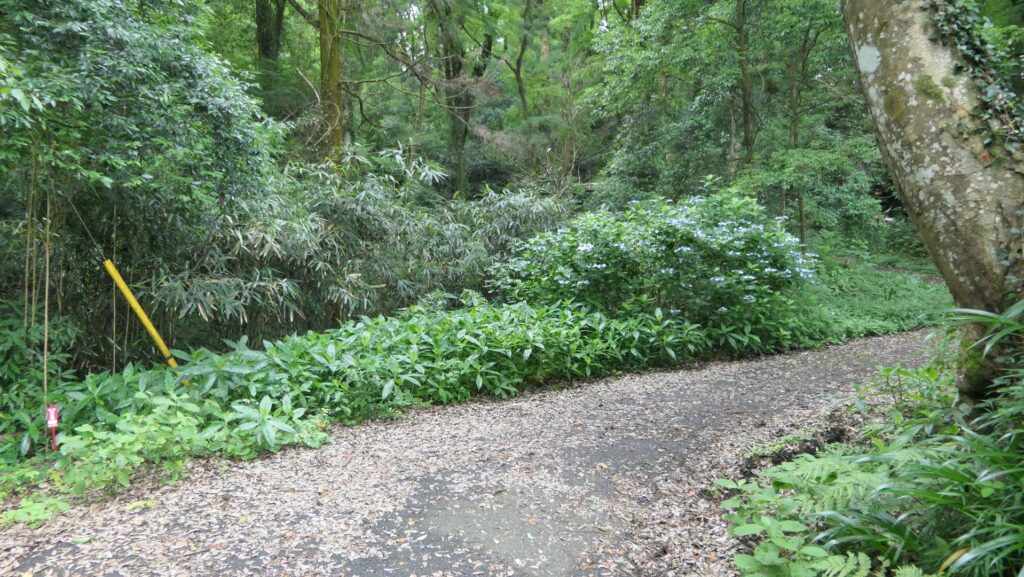
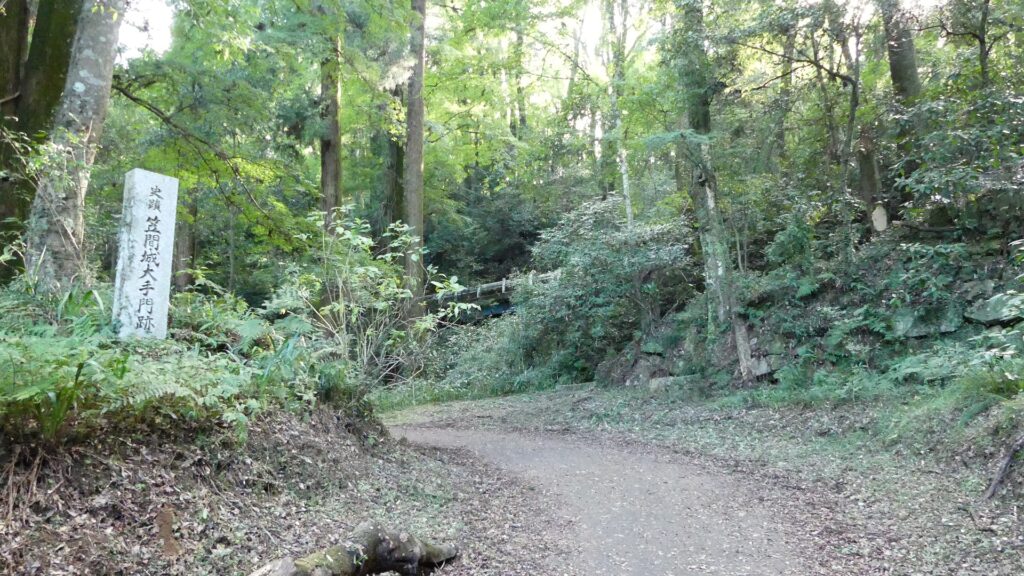
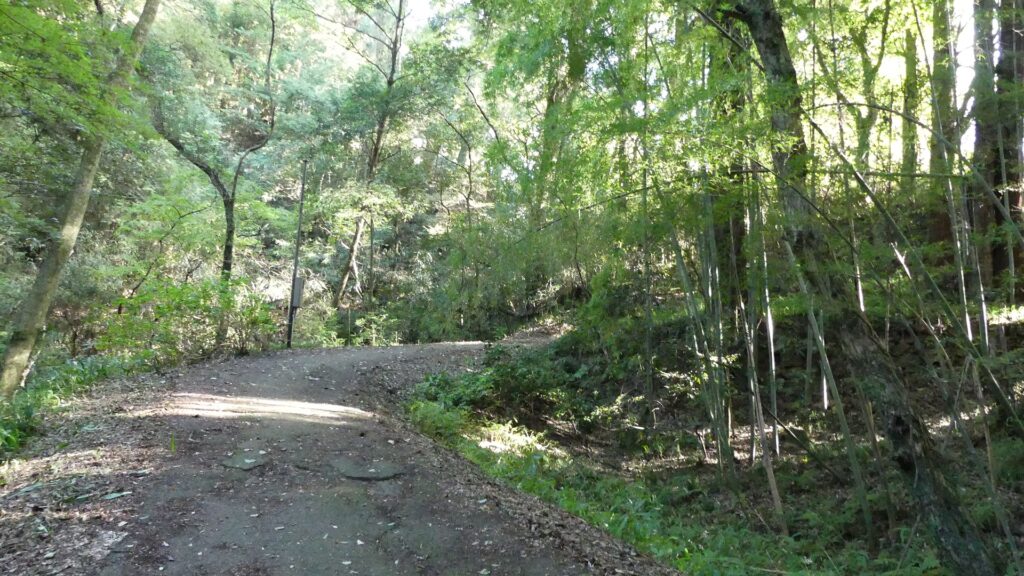
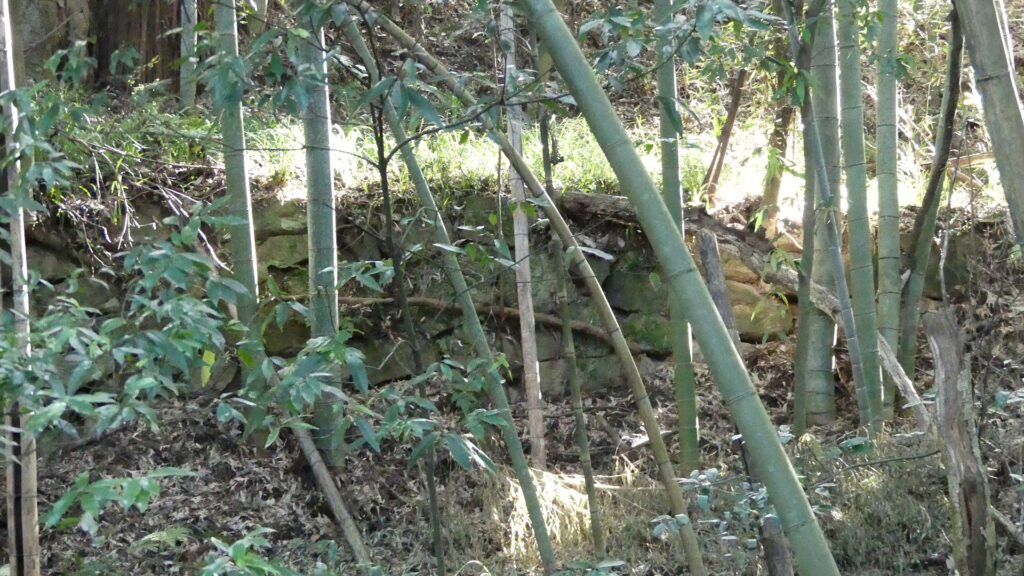
You actually have another option to get to the top by walking on a rough path through the original gates. You can first take the stone steps of the Main Gate and pass its Masugata system. Then, you will once meet the restricted road, but you can find other stone steps to the path on the right.
The map around the castle, the red broken line indicates the route through the original gates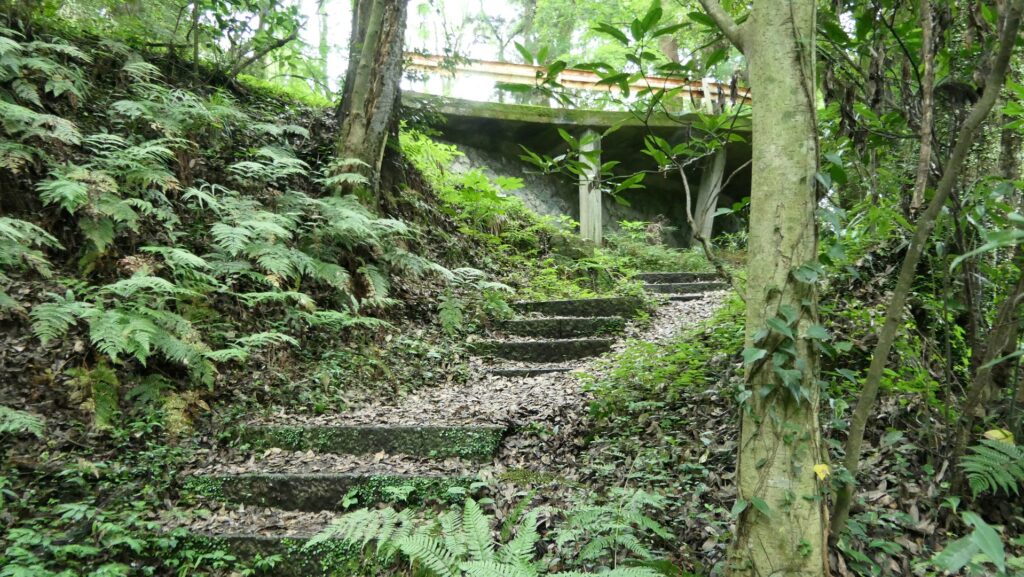
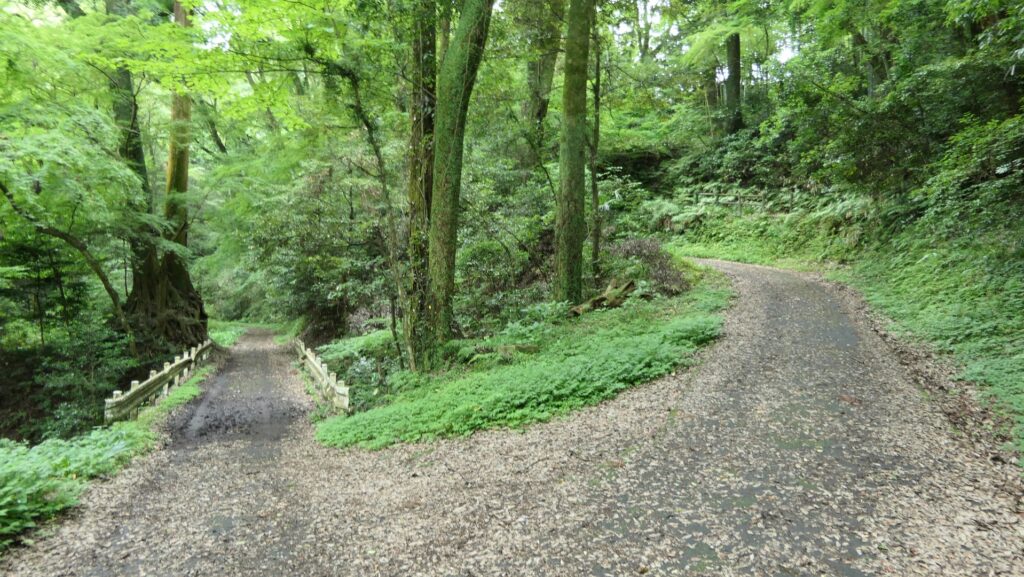
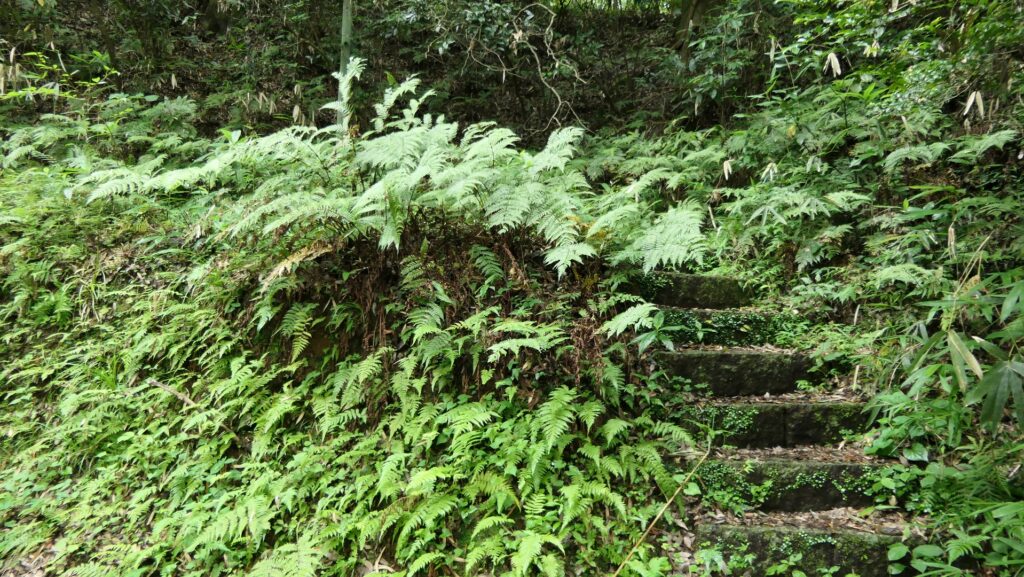
If you go on the path crossing the slope, you will pass beside the Second Enclosure and reach the ruins of the Main Enclosure Gate which are similar to the Main Gate. No matter which way you choose, you will arrive at the same place, the Main Enclosure.
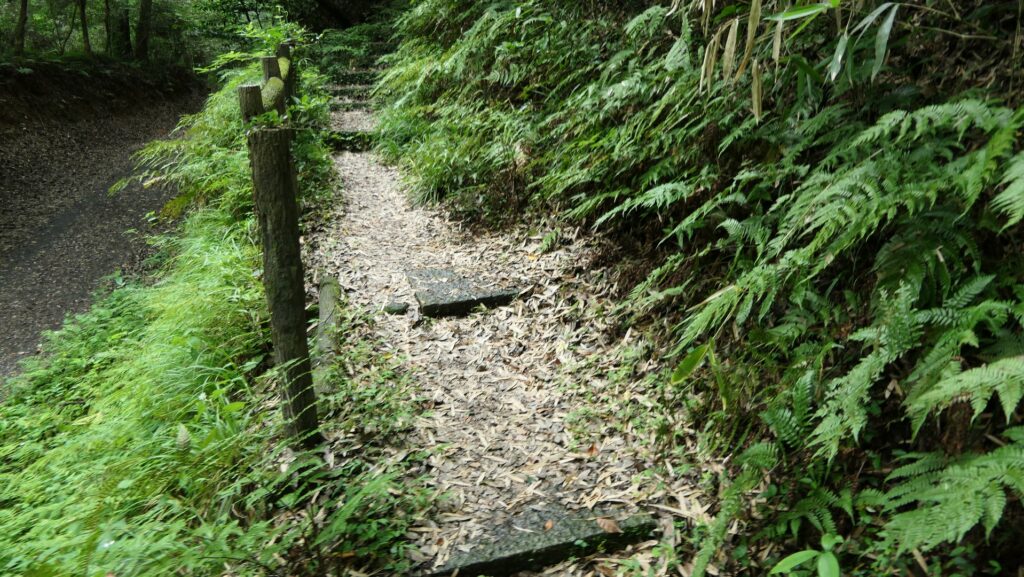
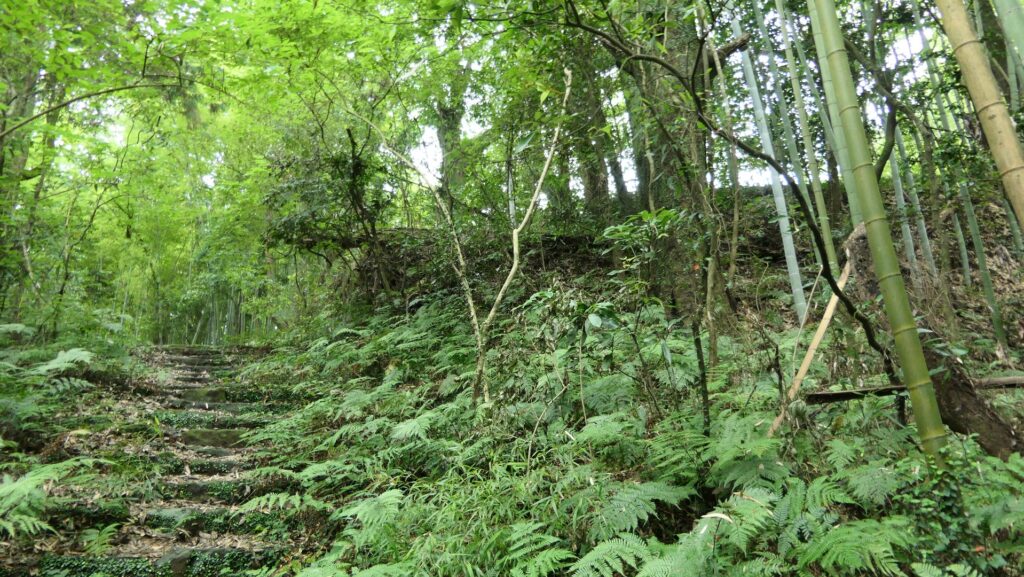
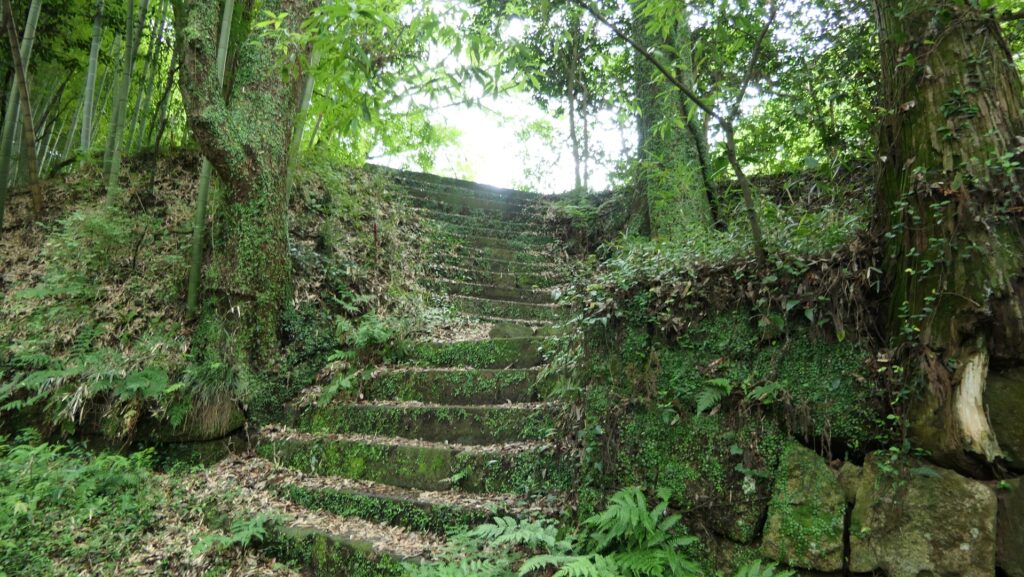
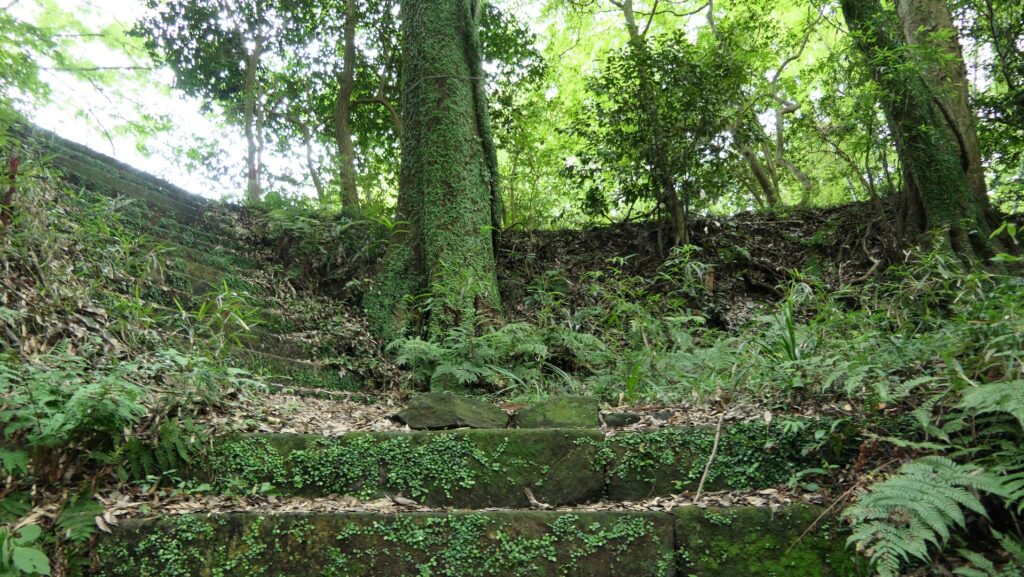
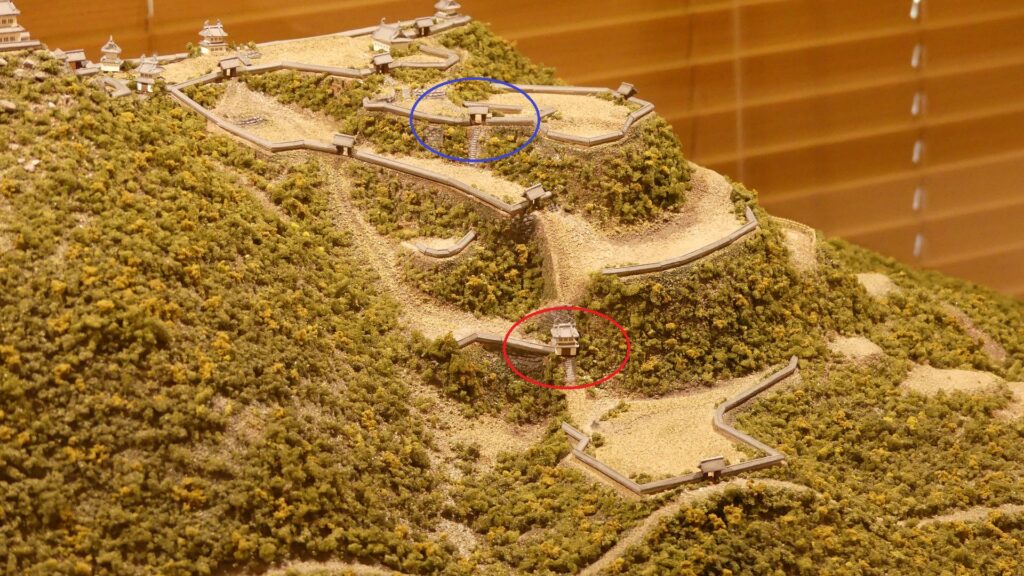
To be continued in “Kasama Castle Part3”
Back to “Kasama Castle Part1”
